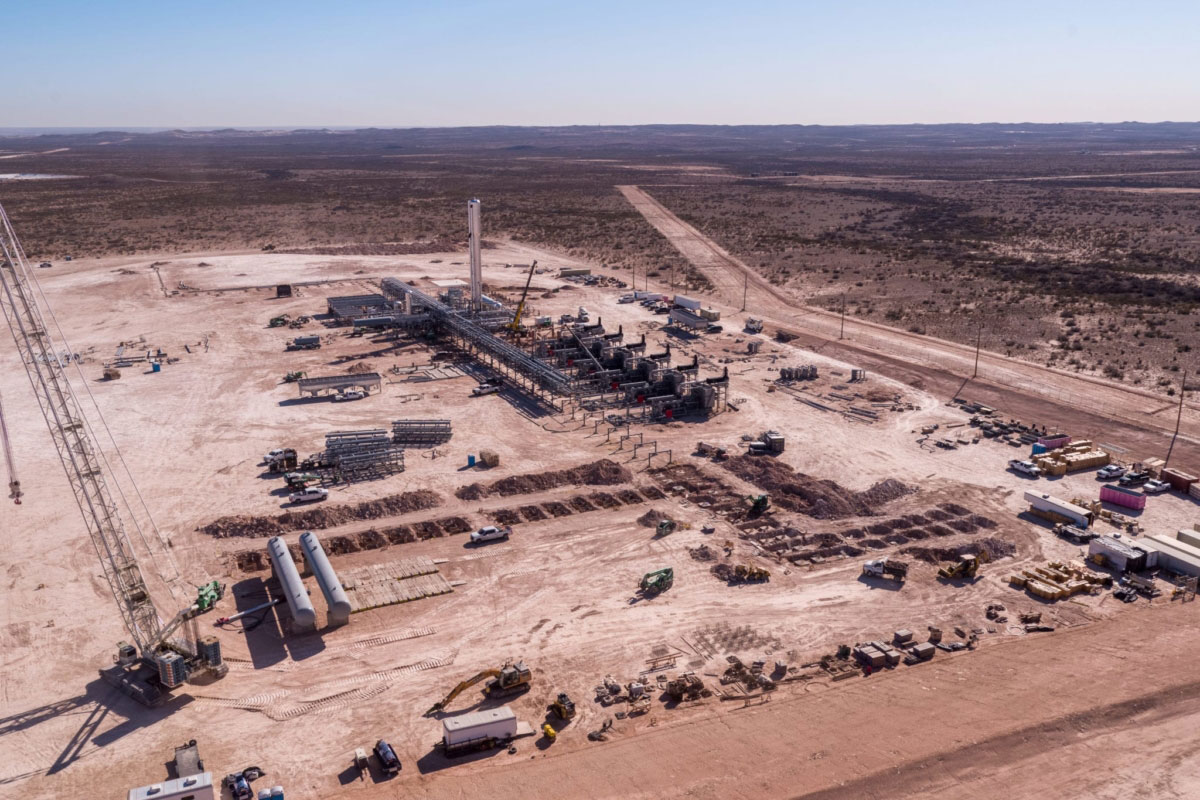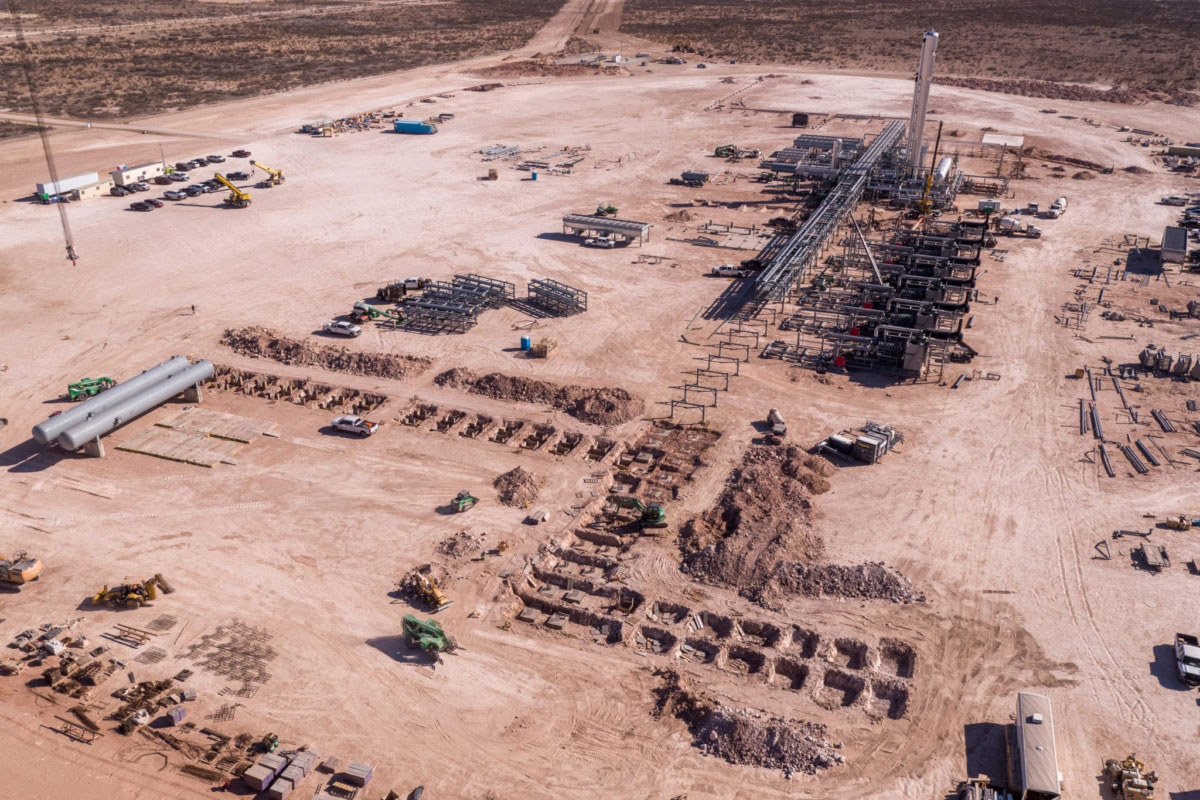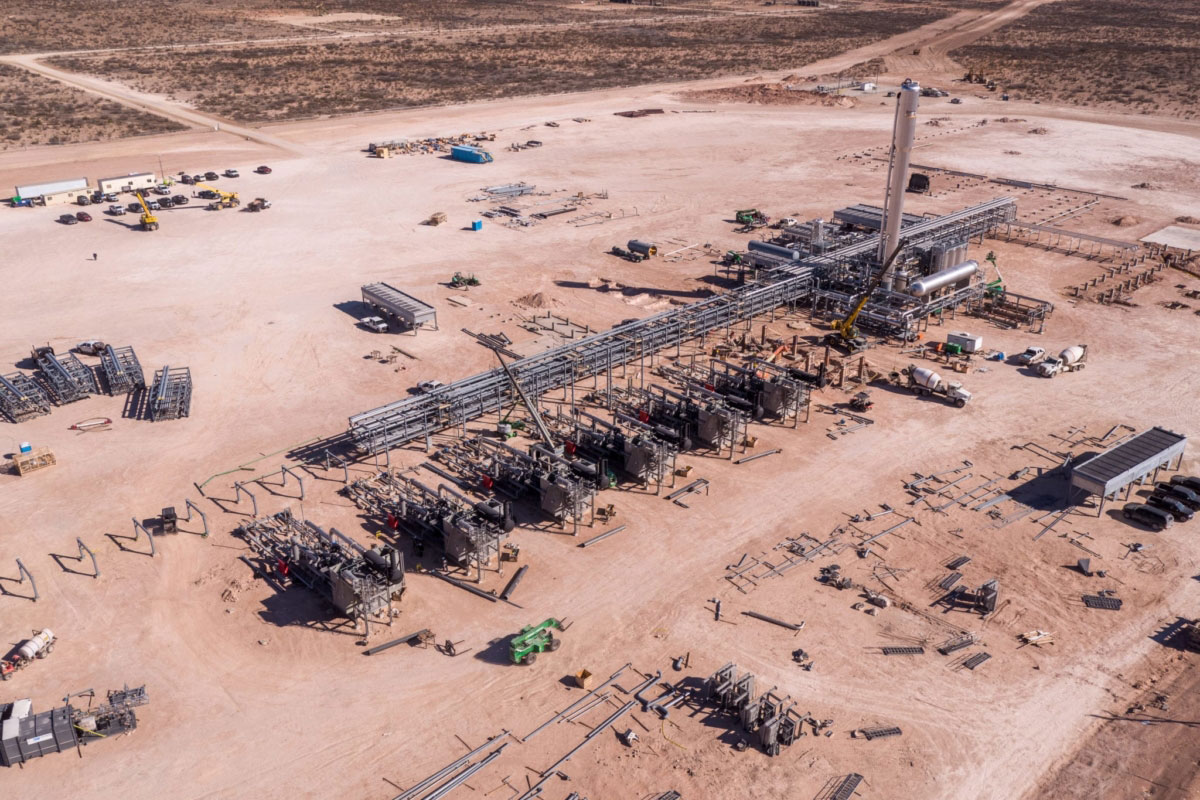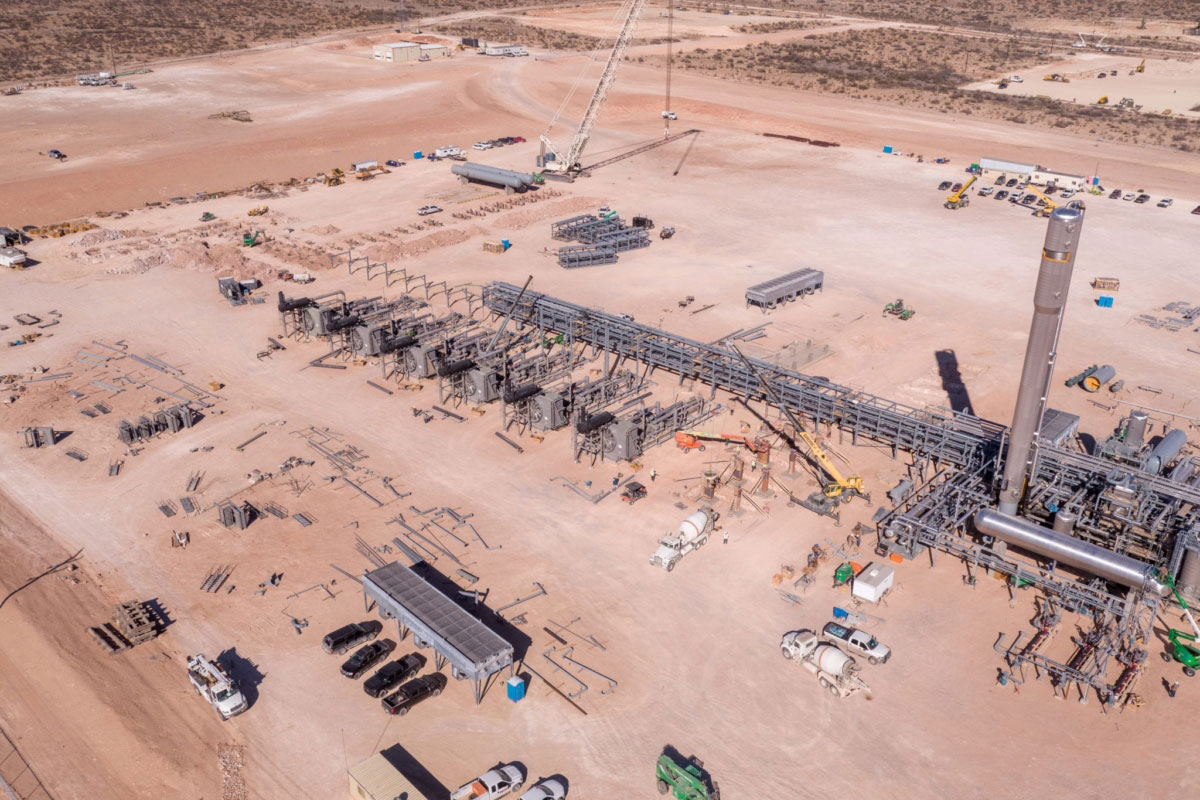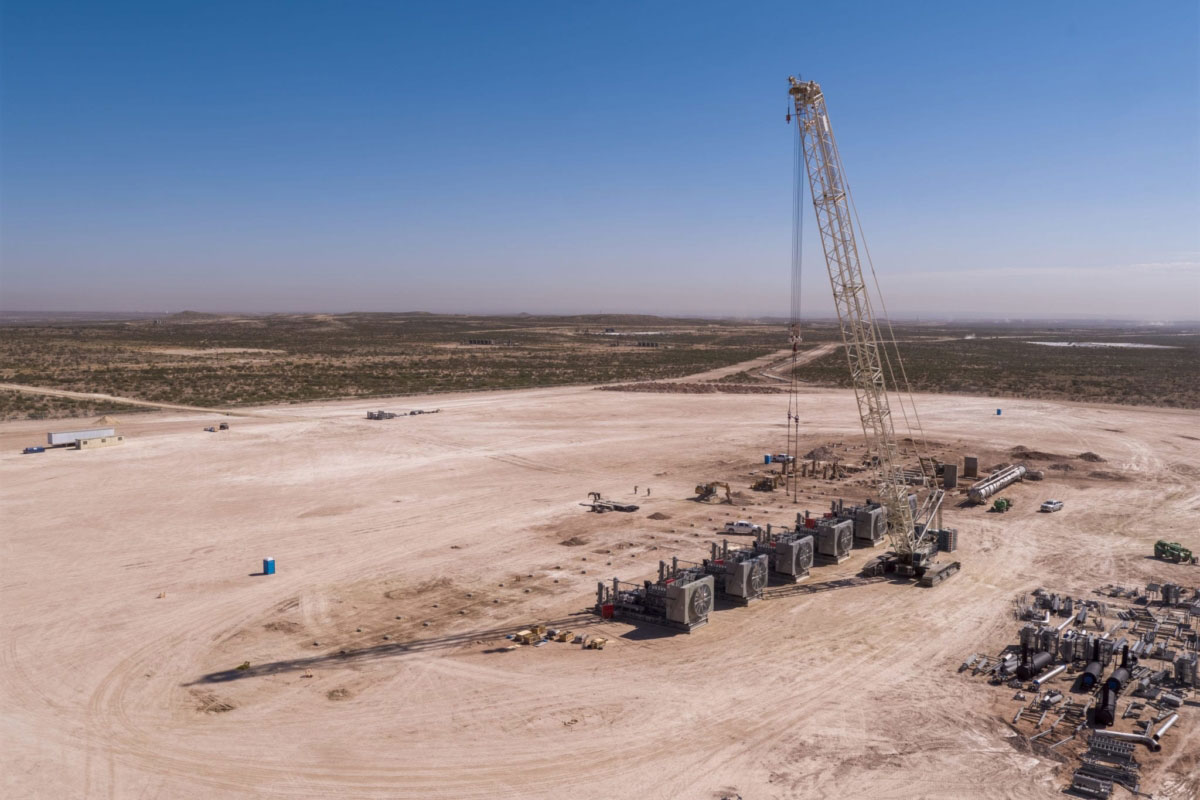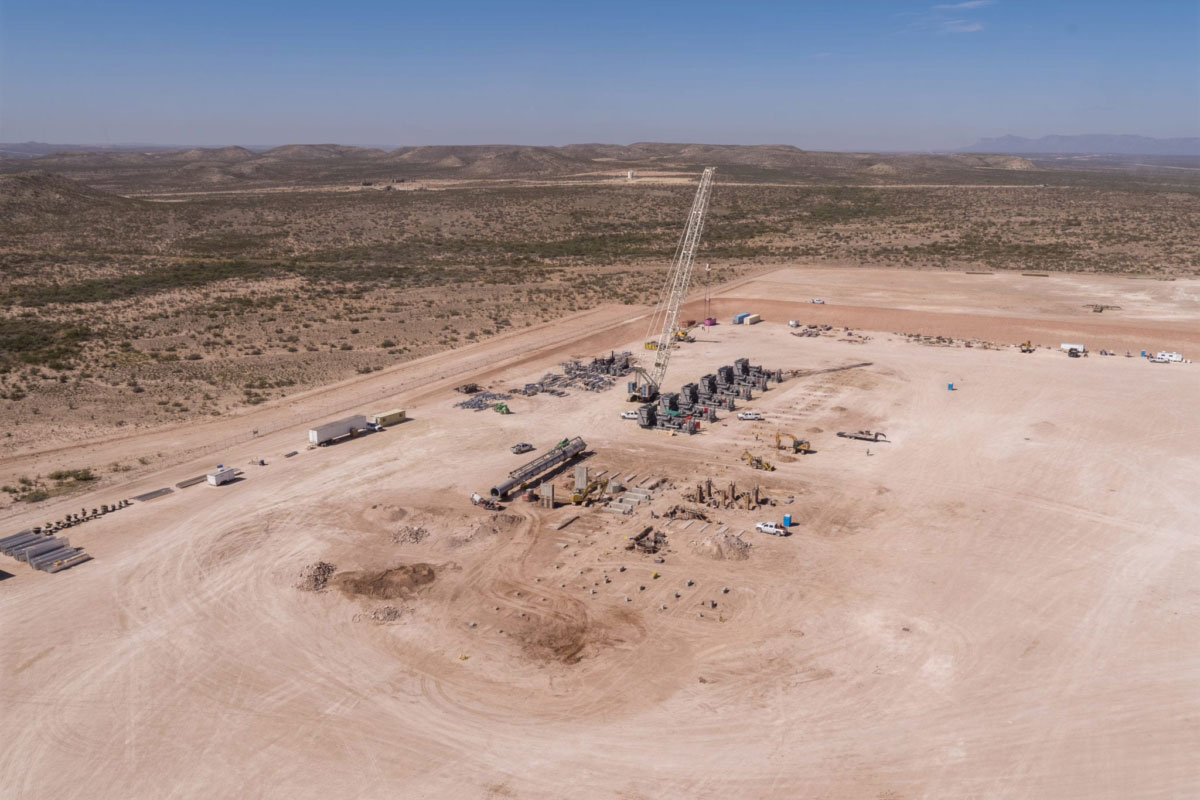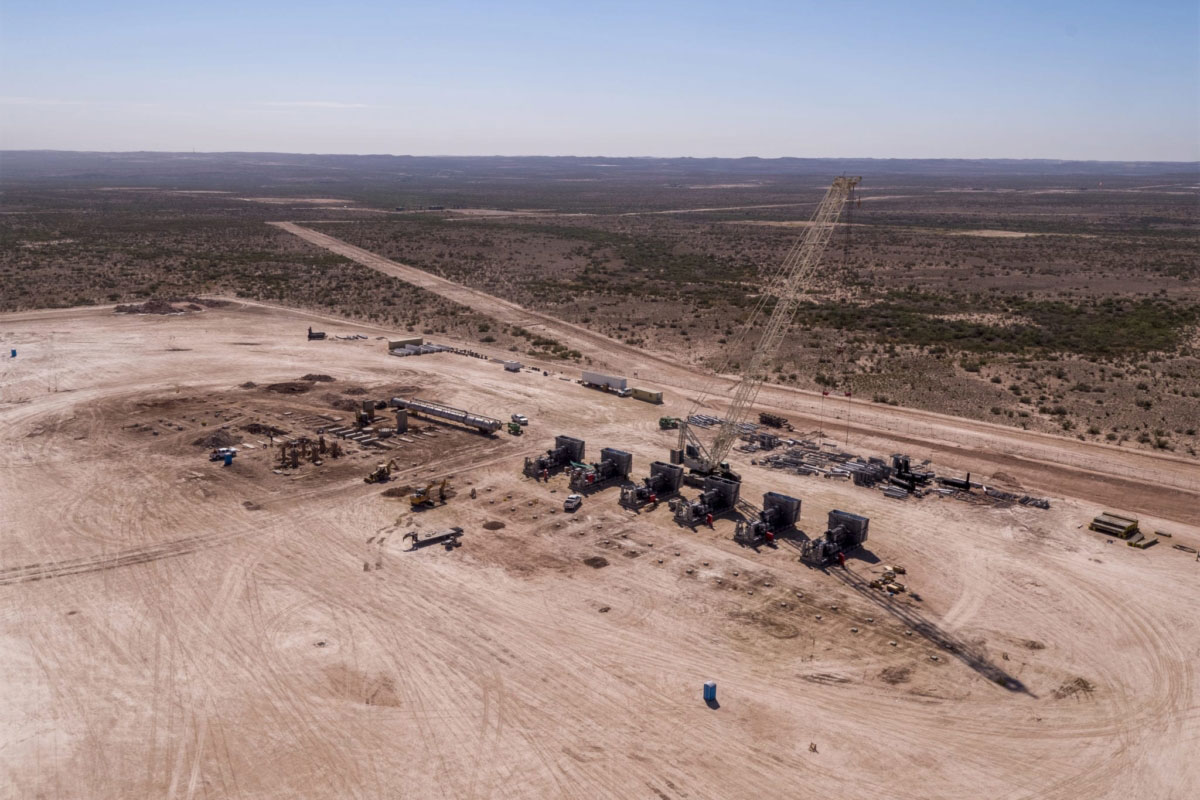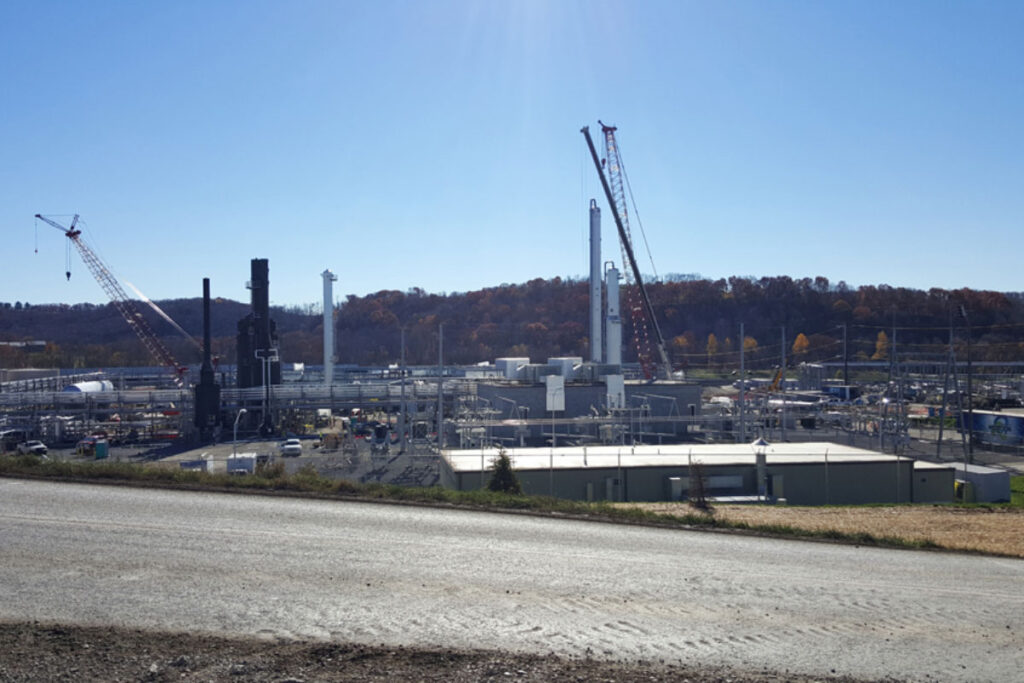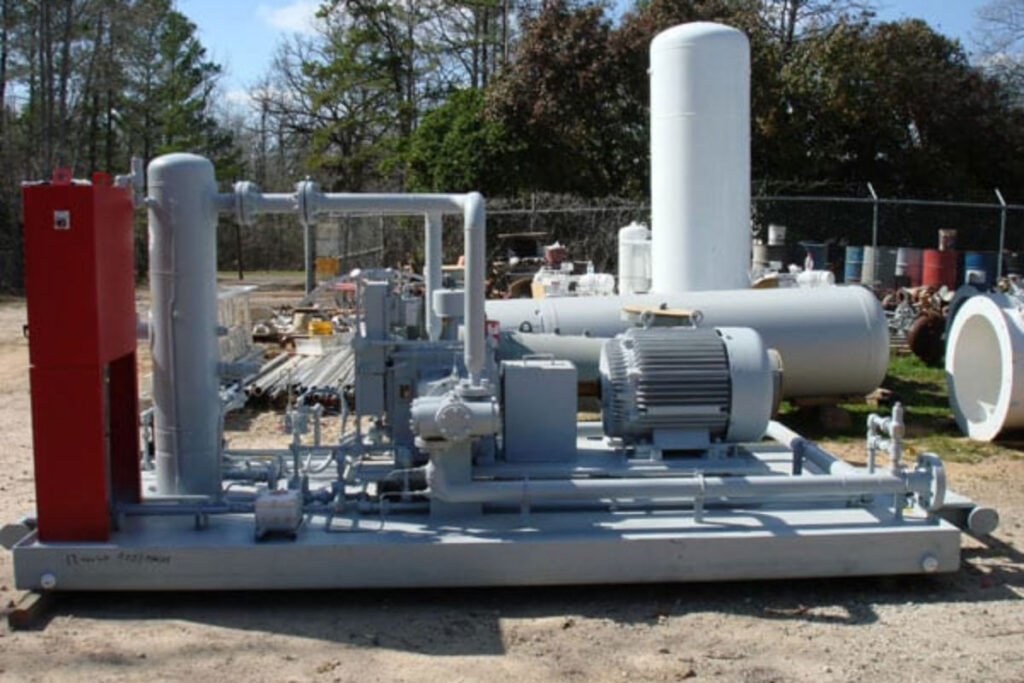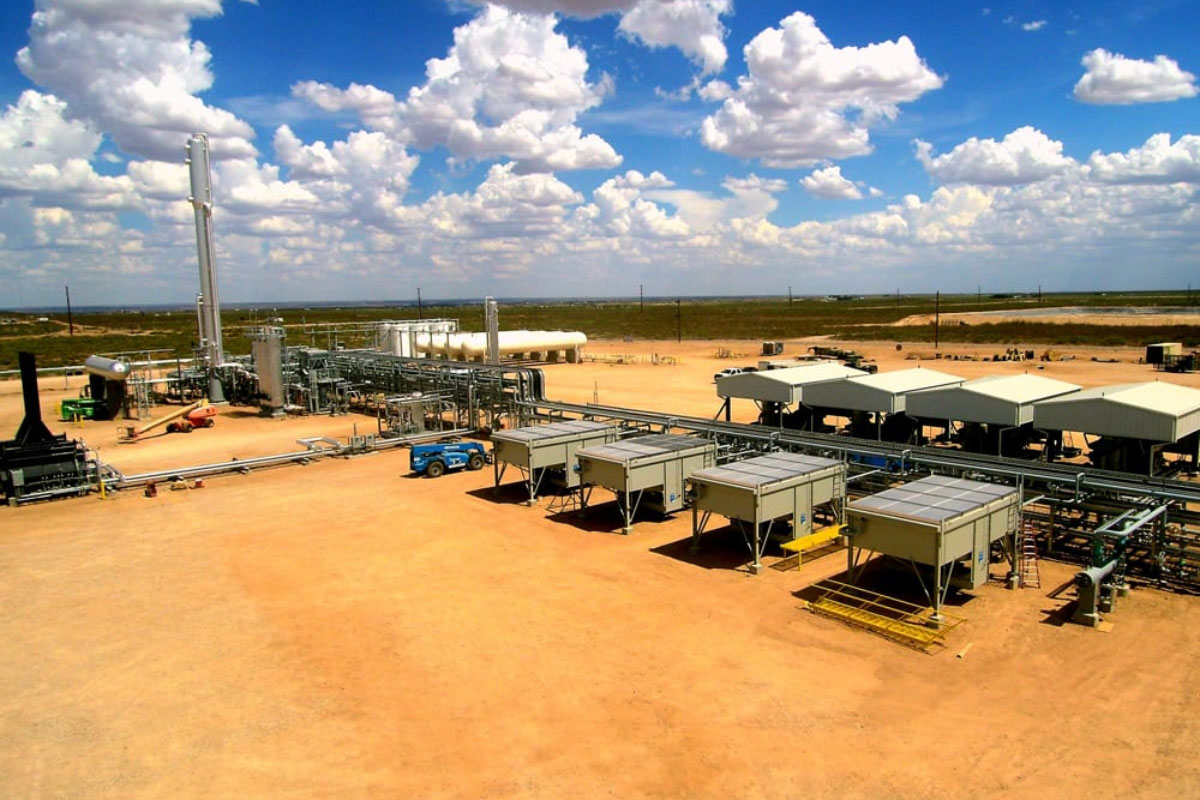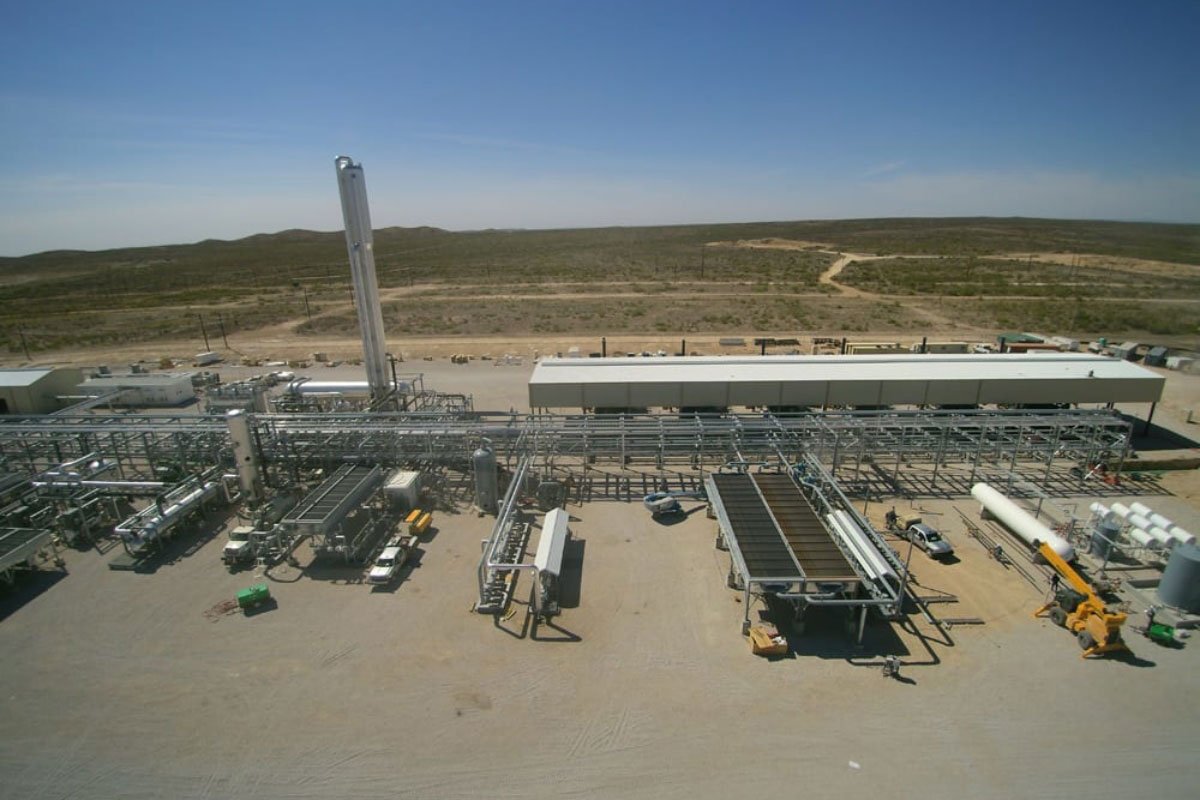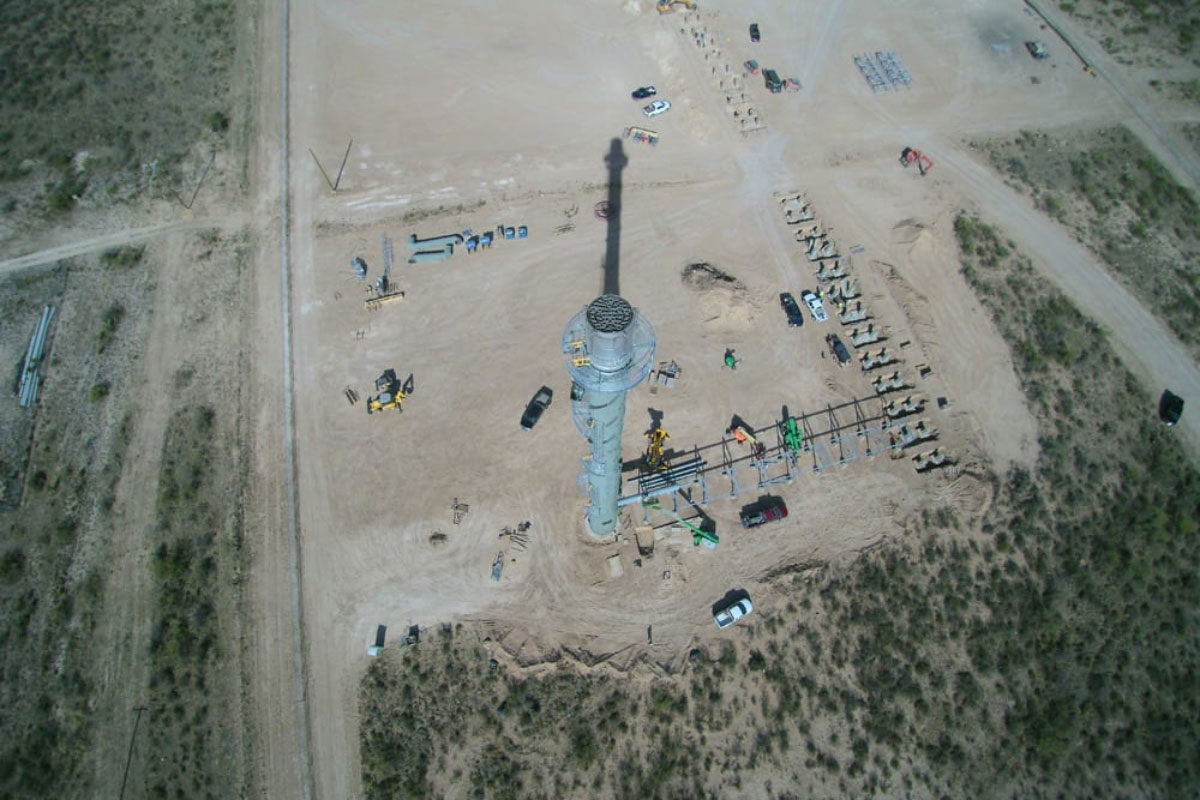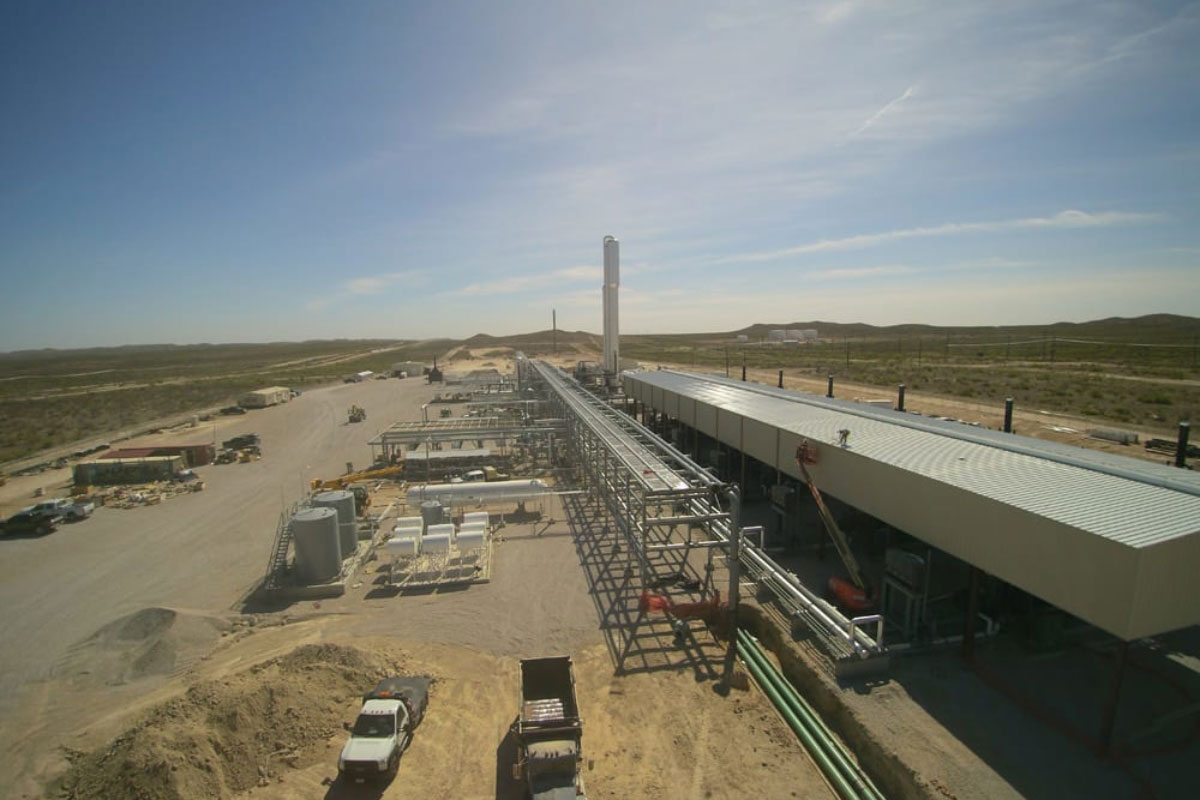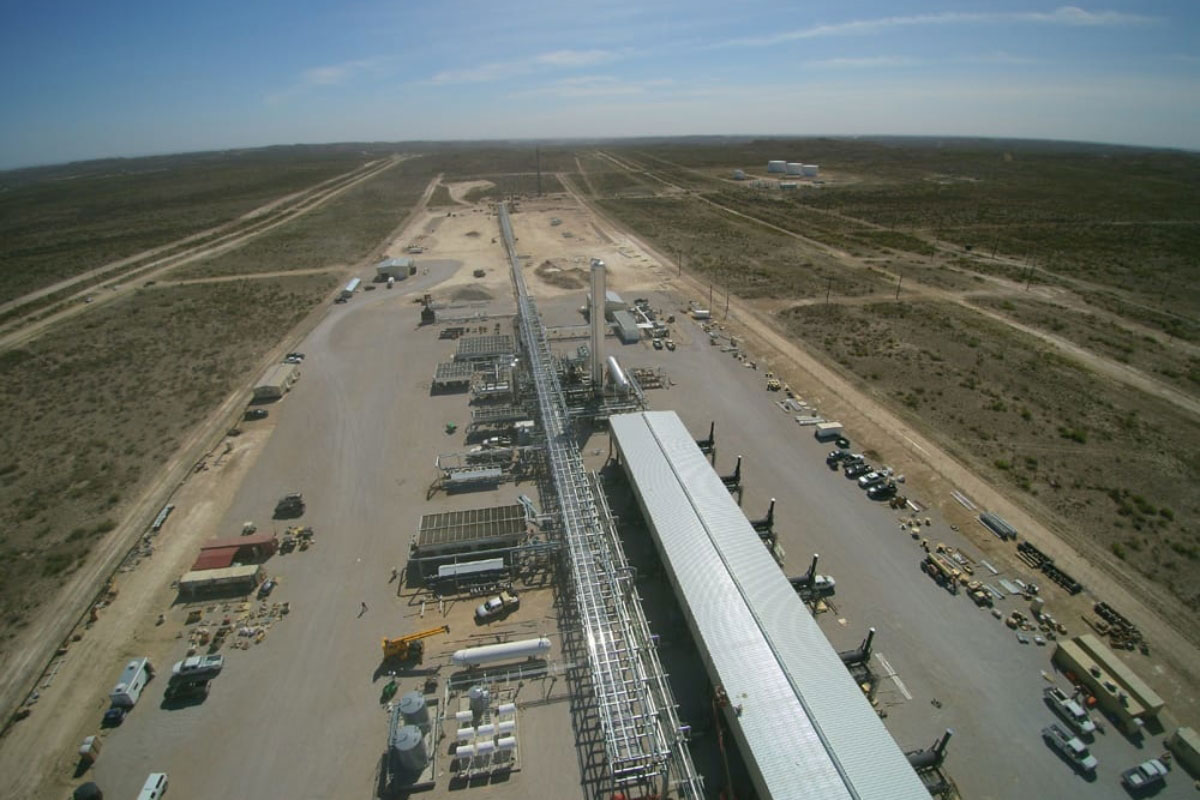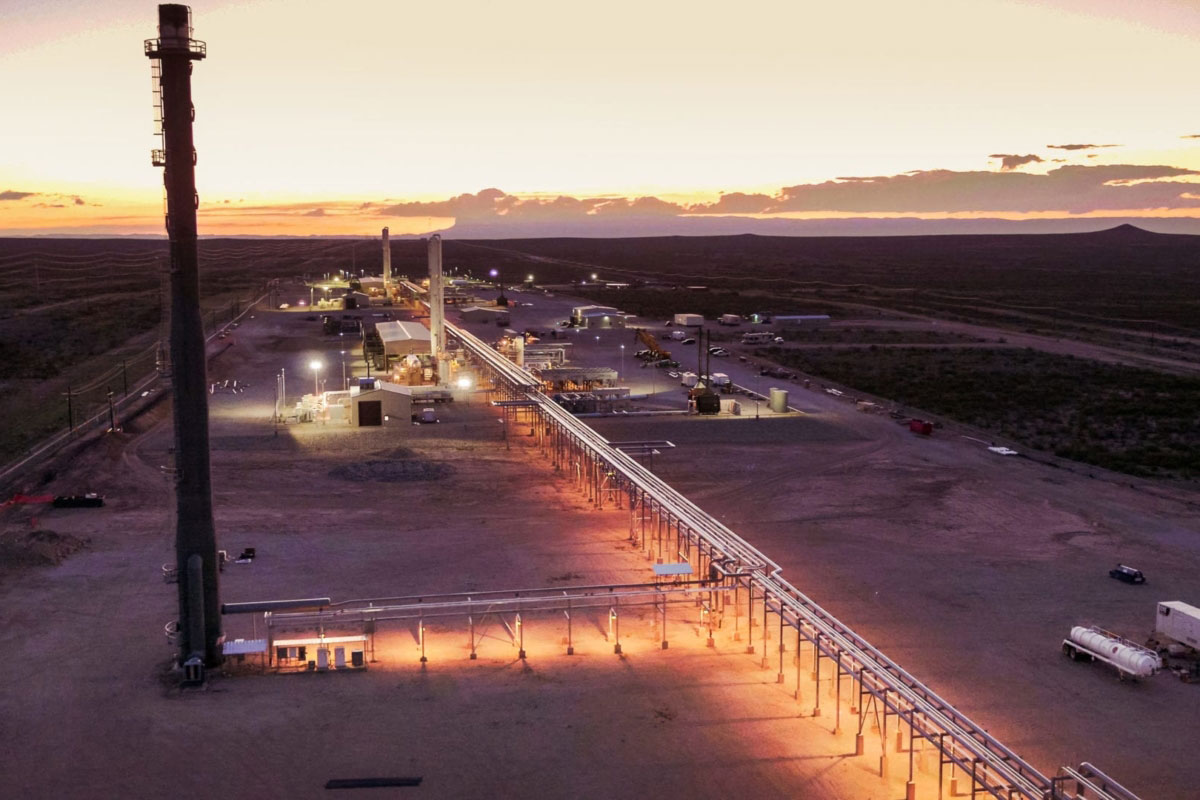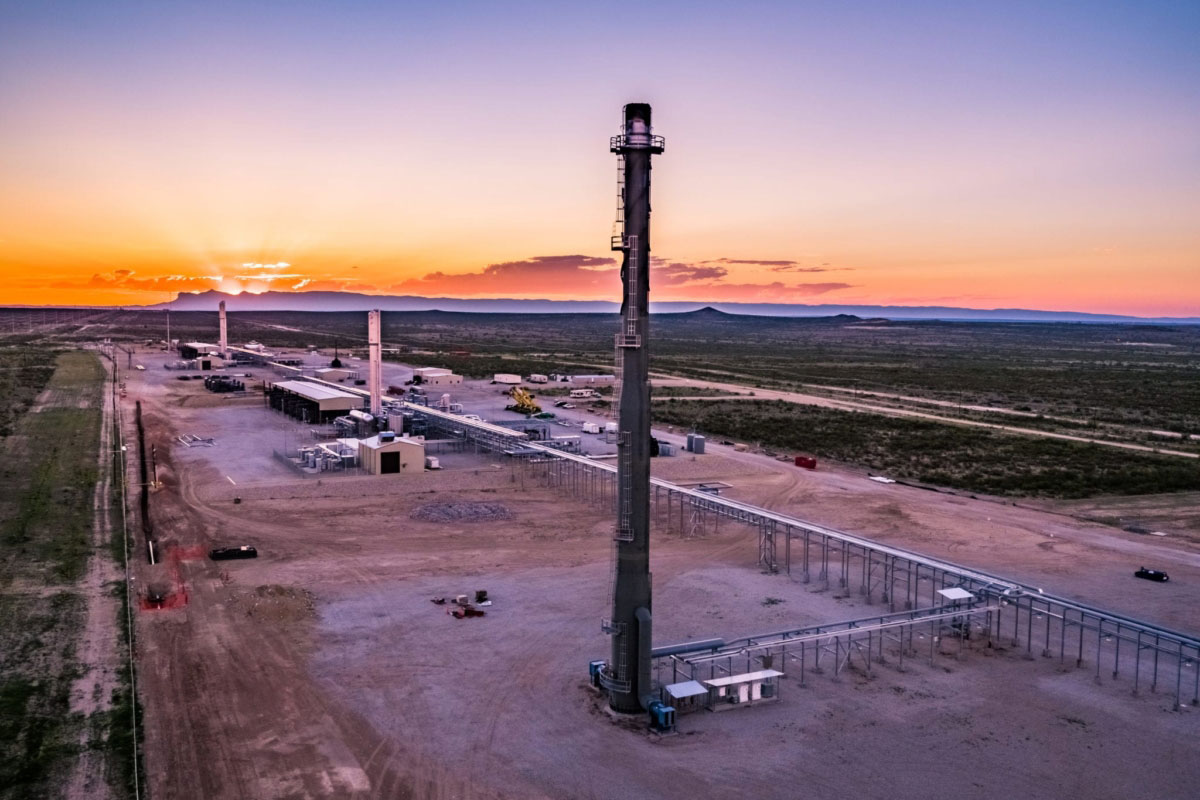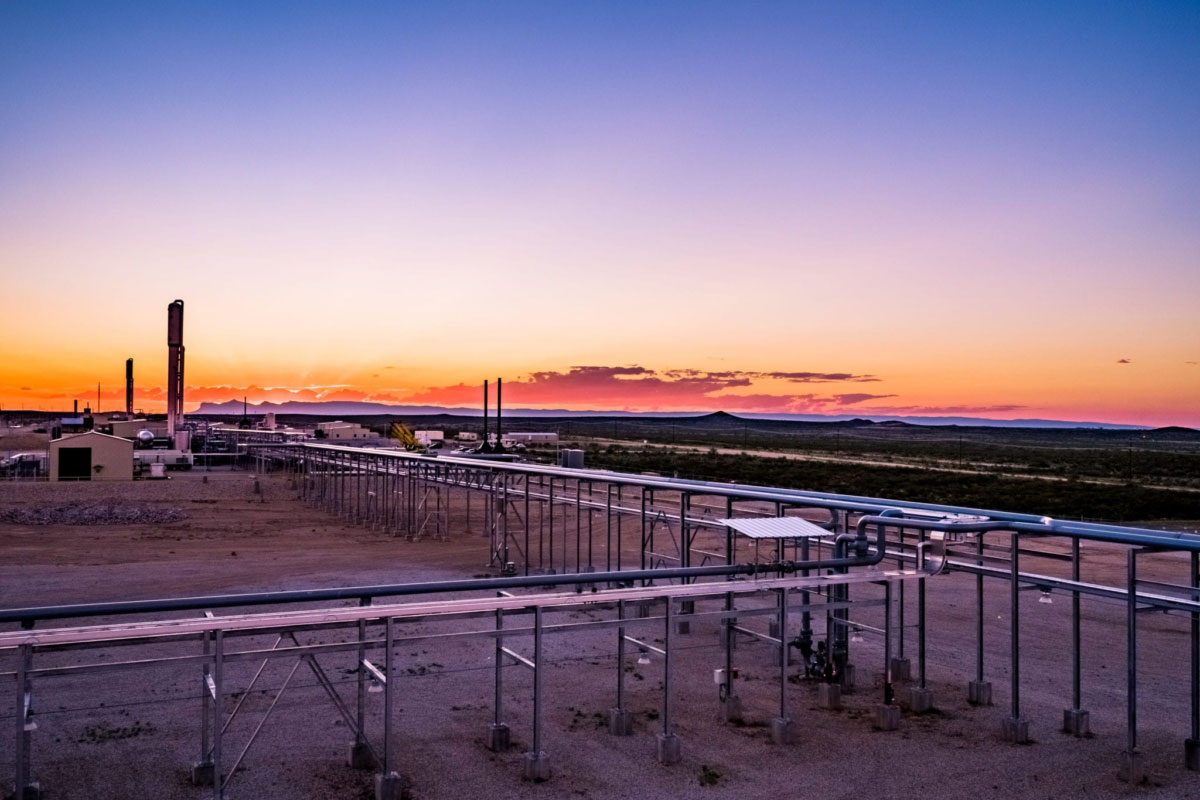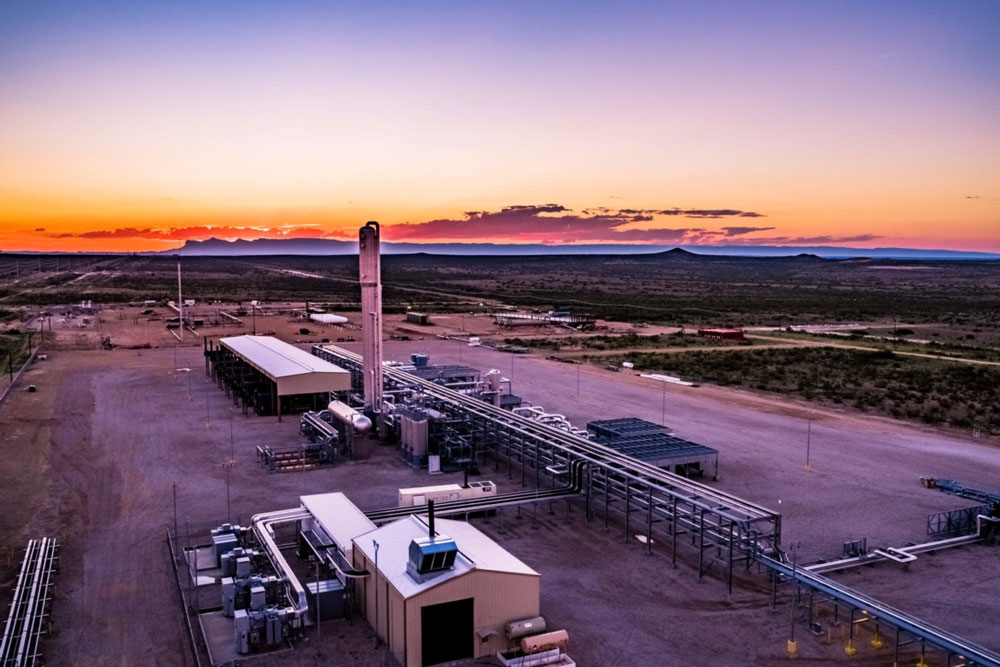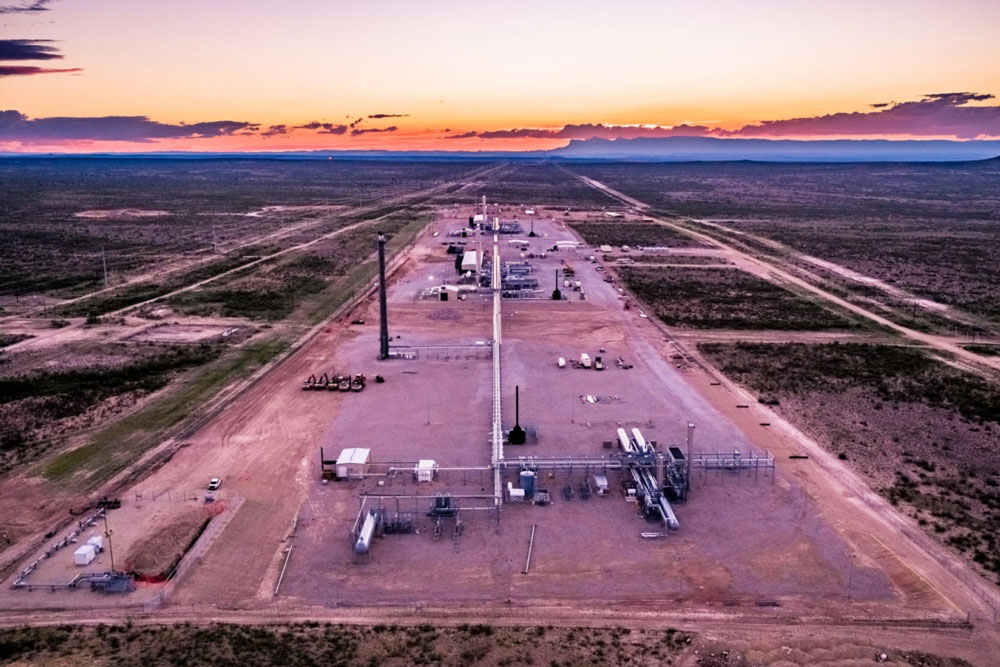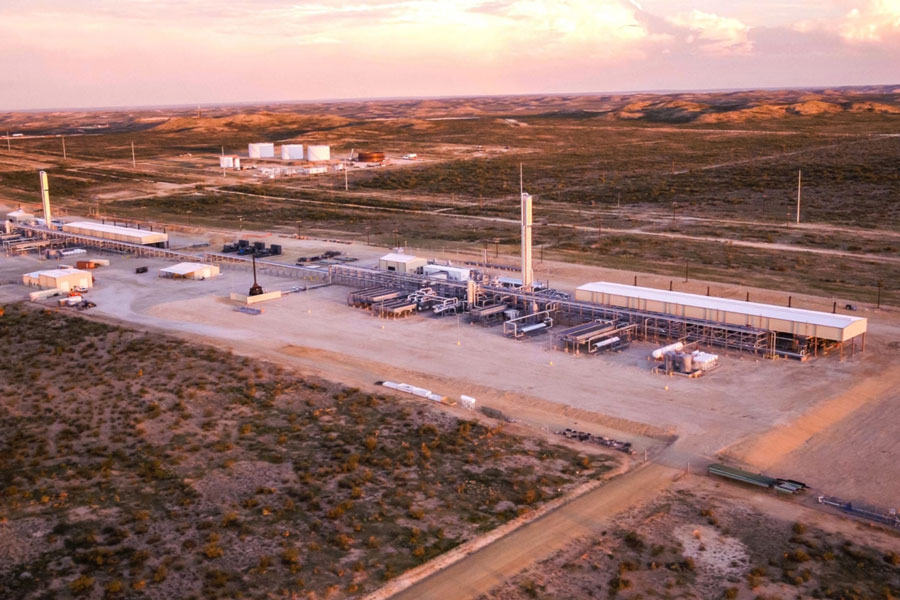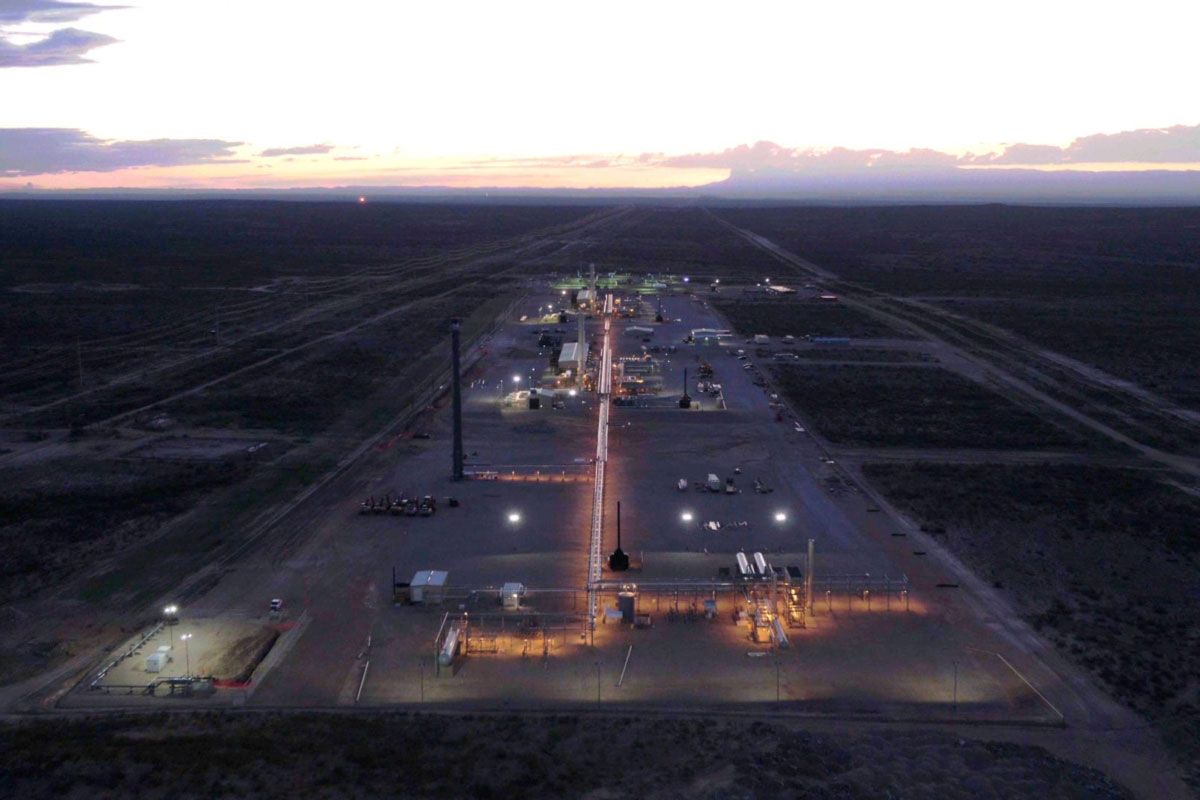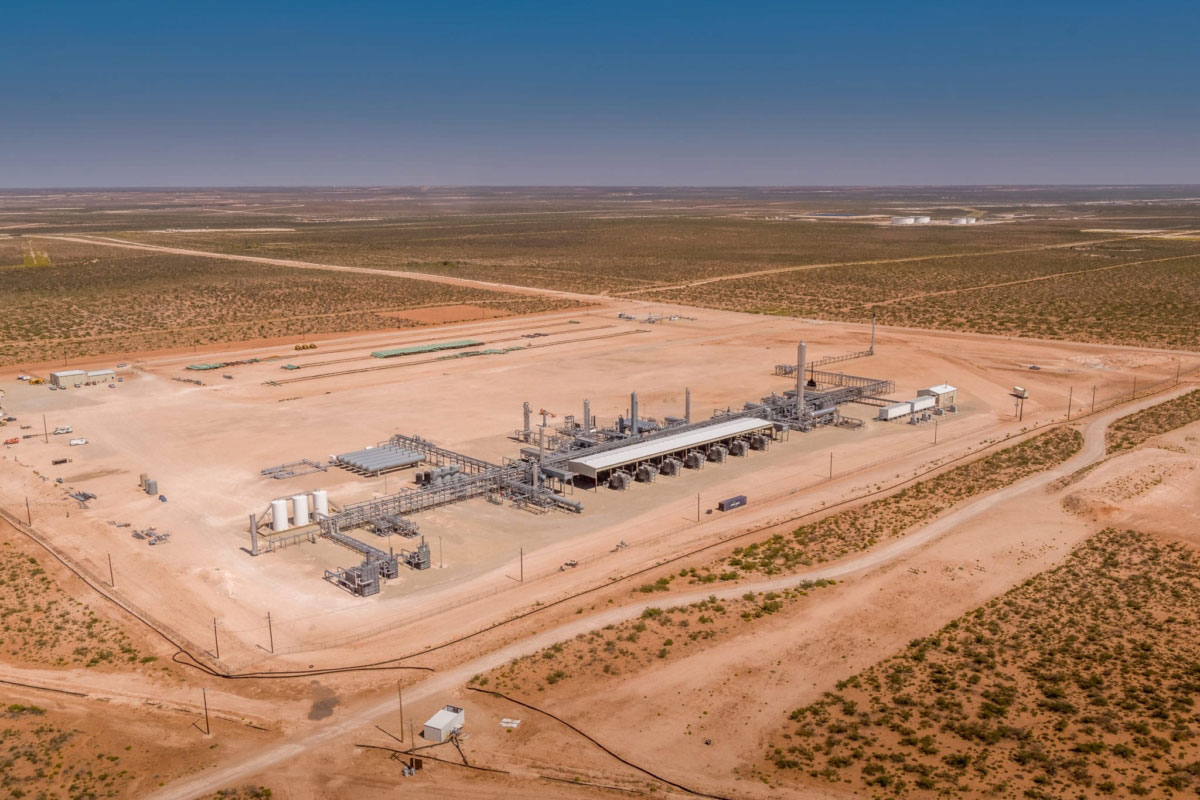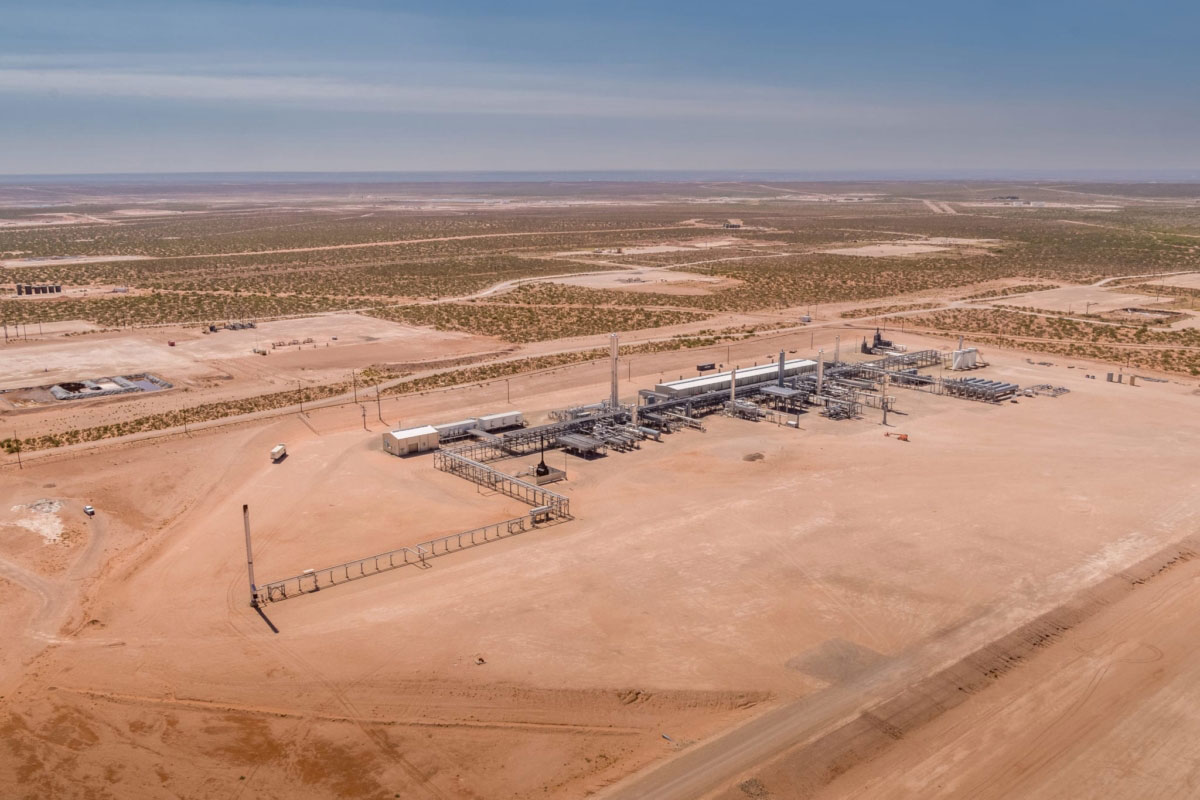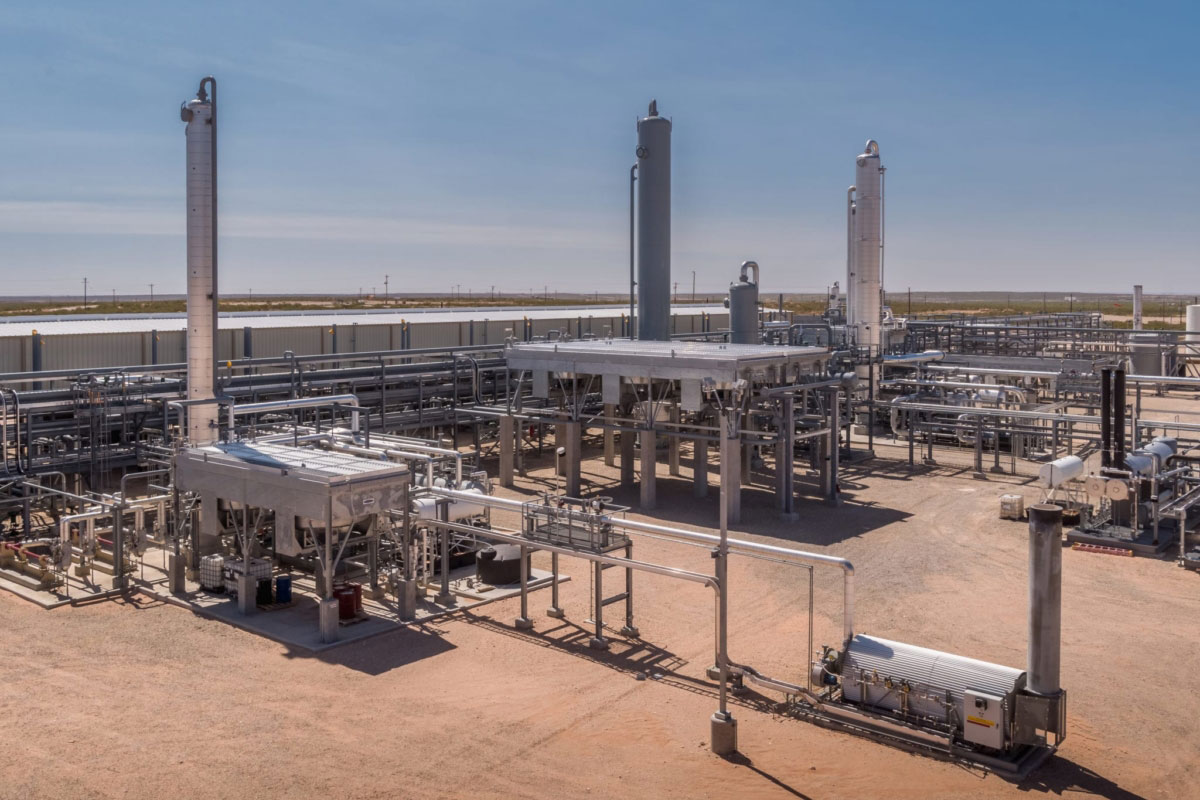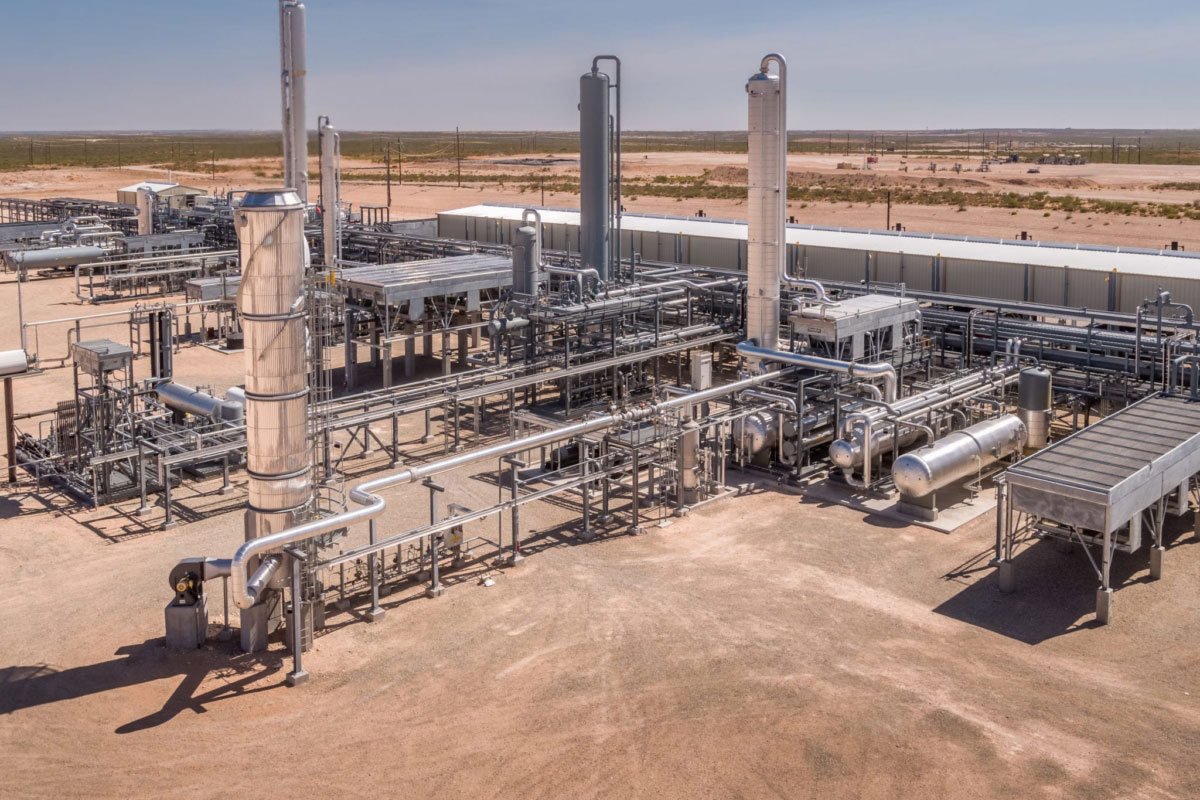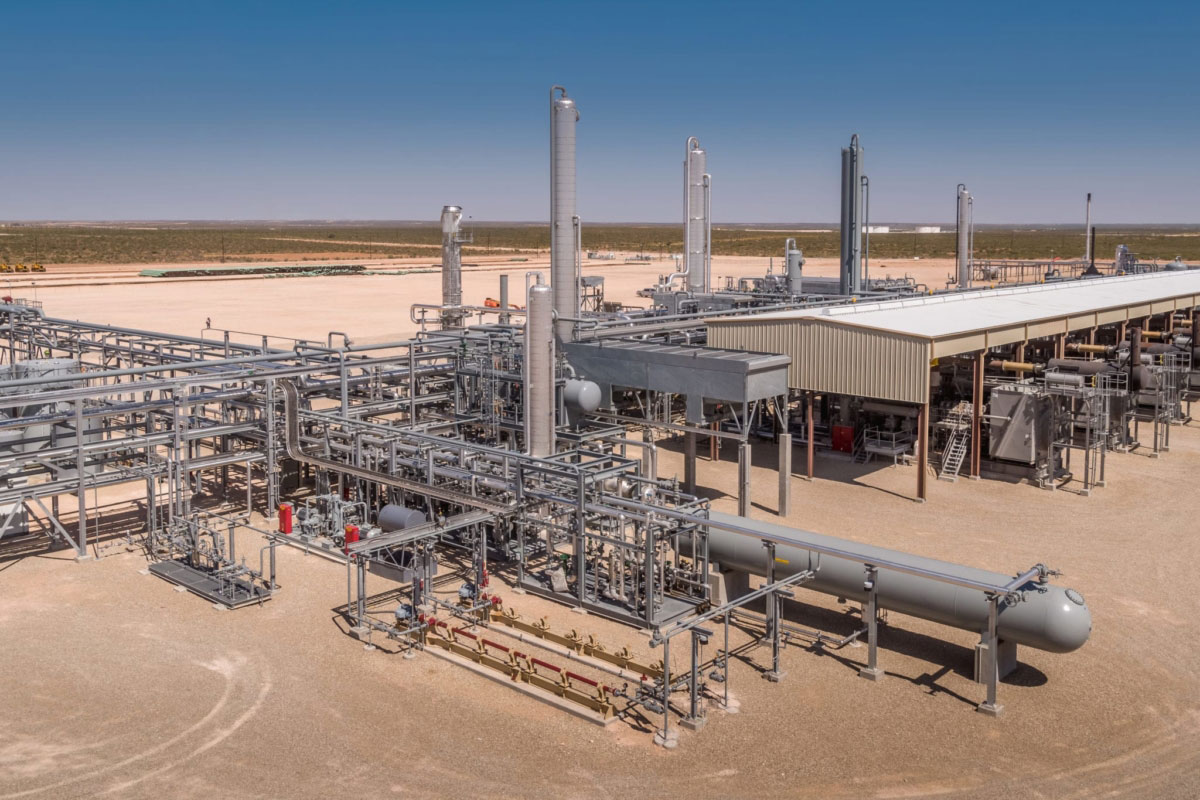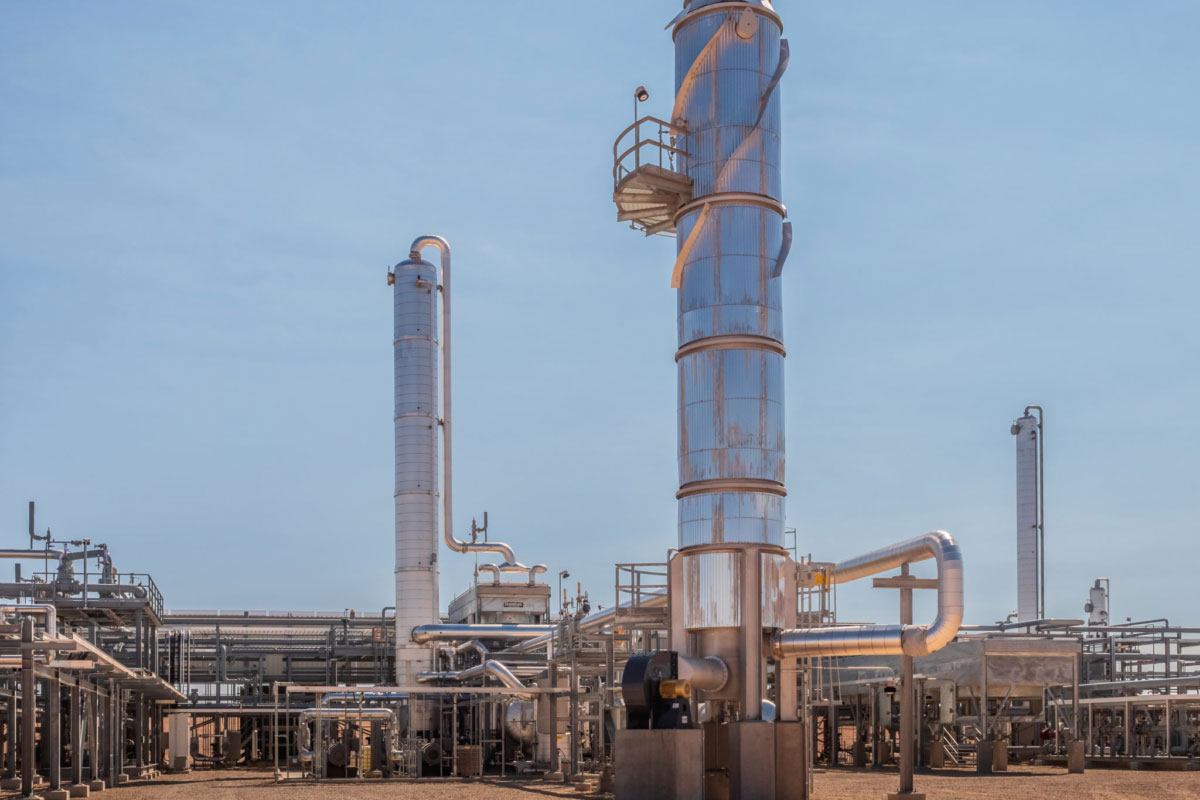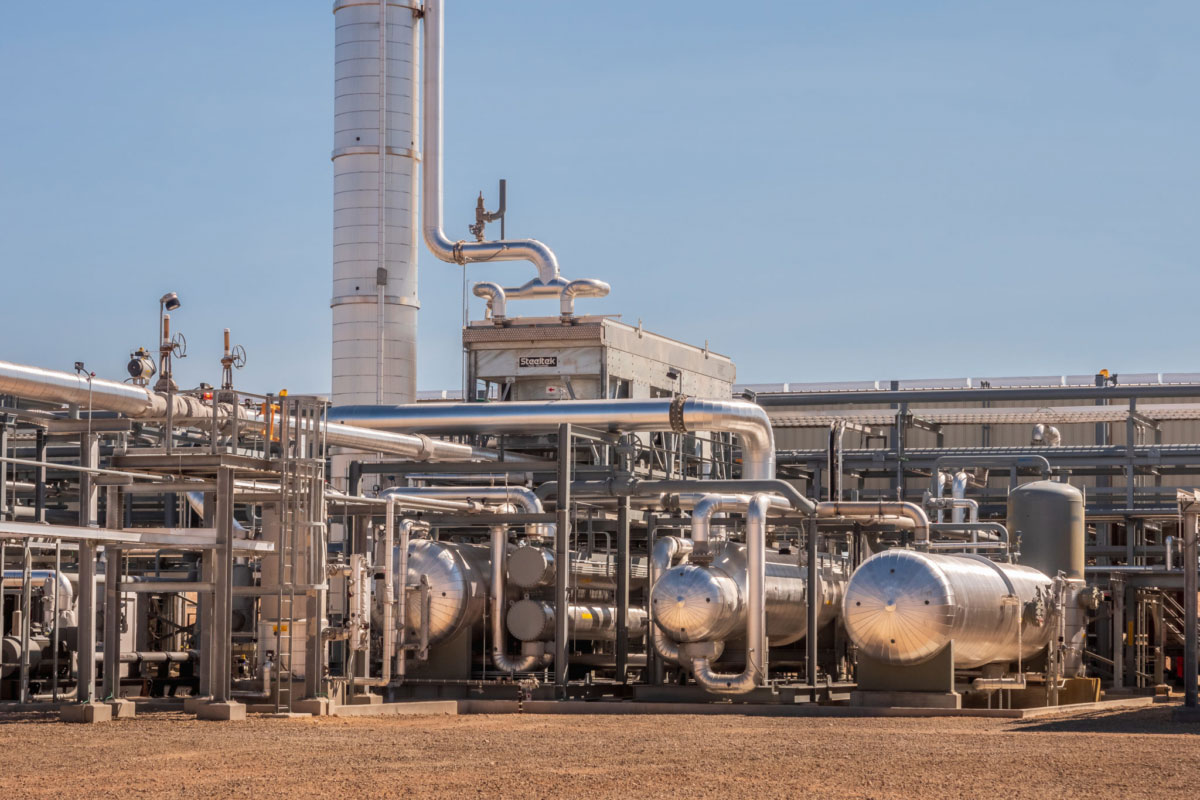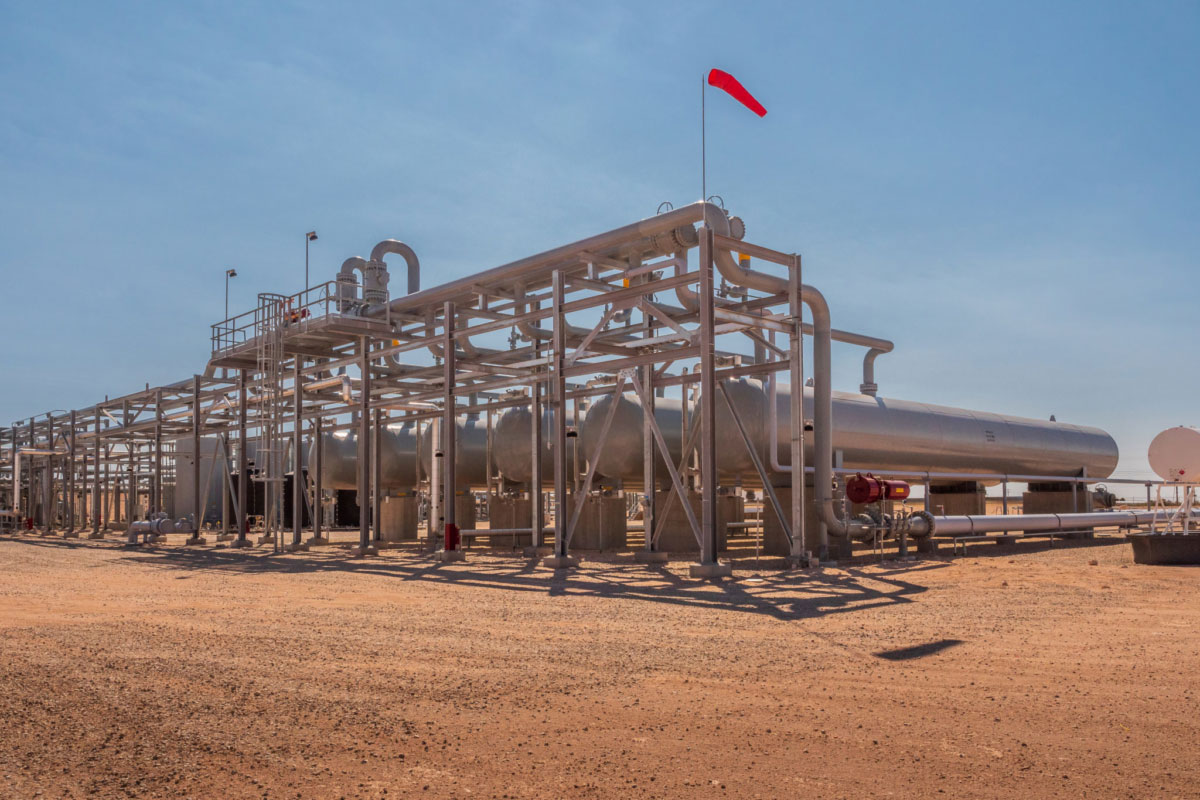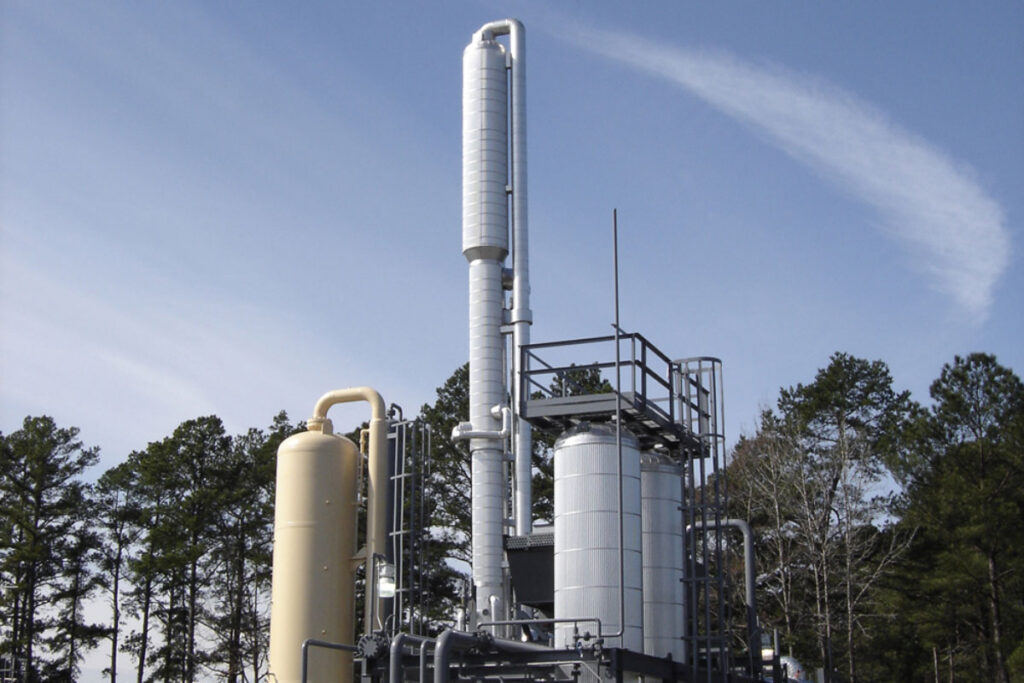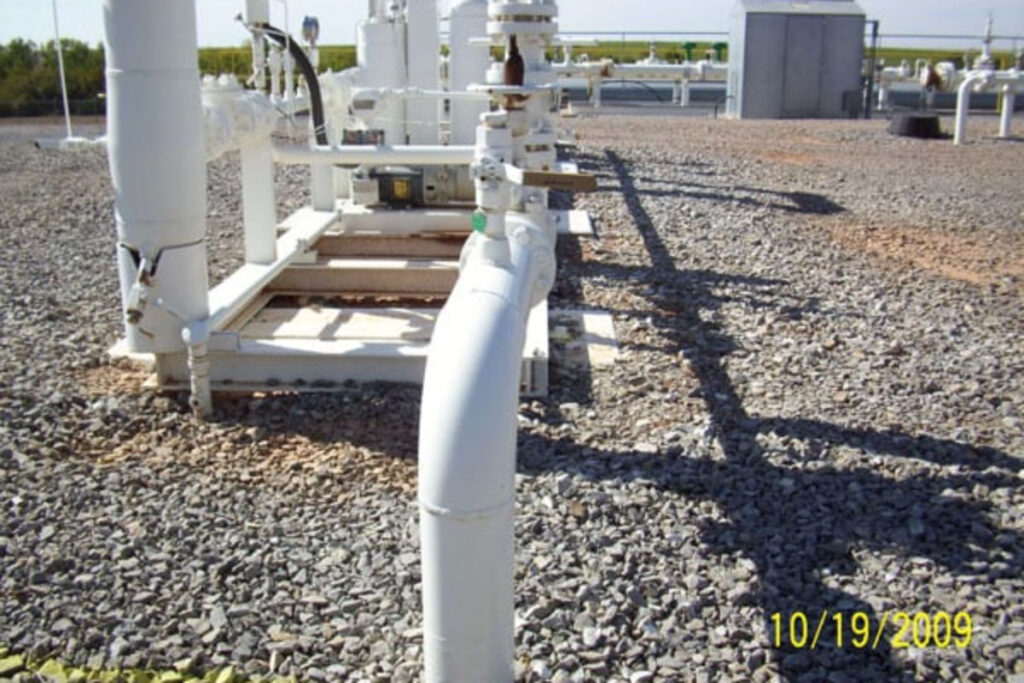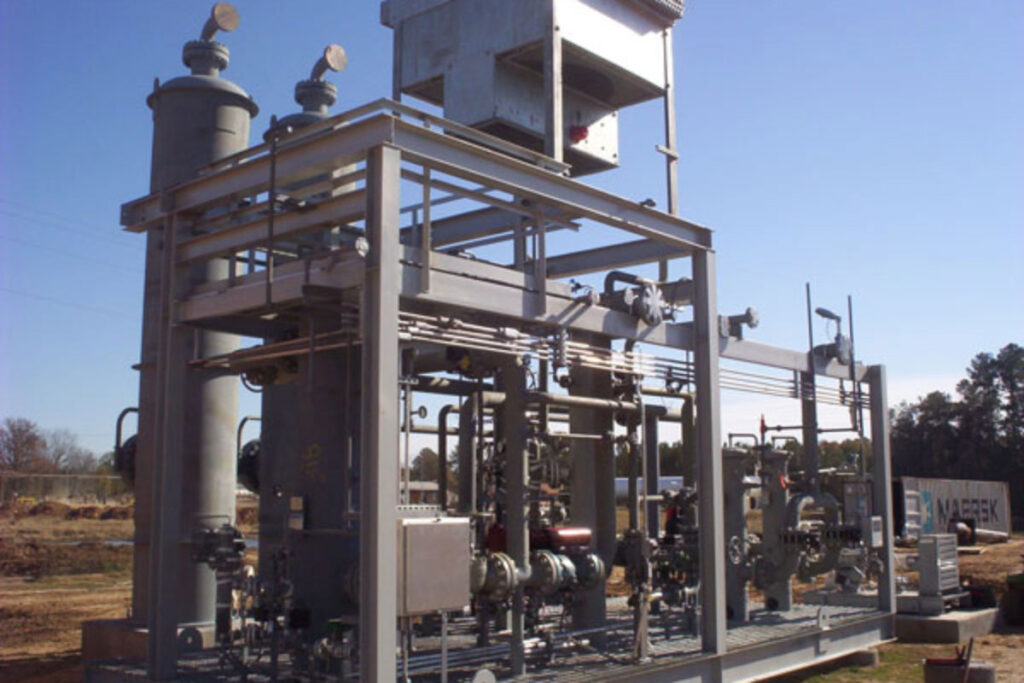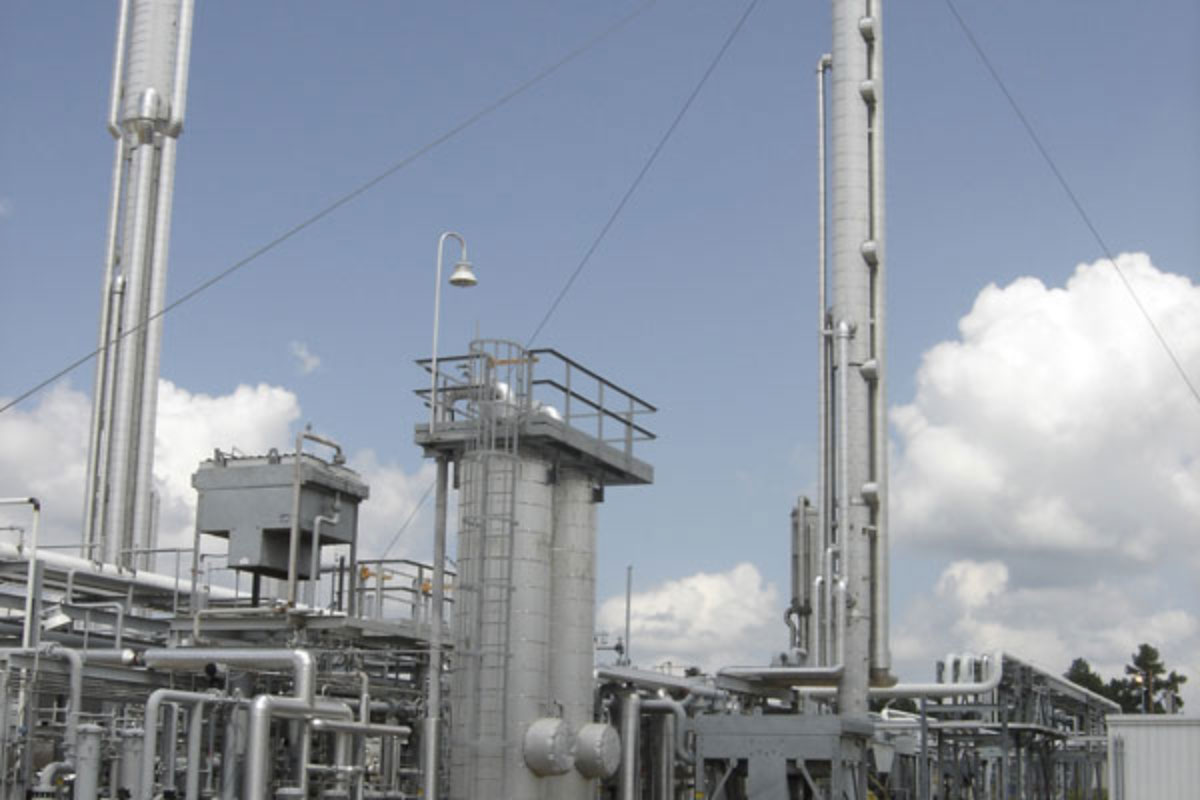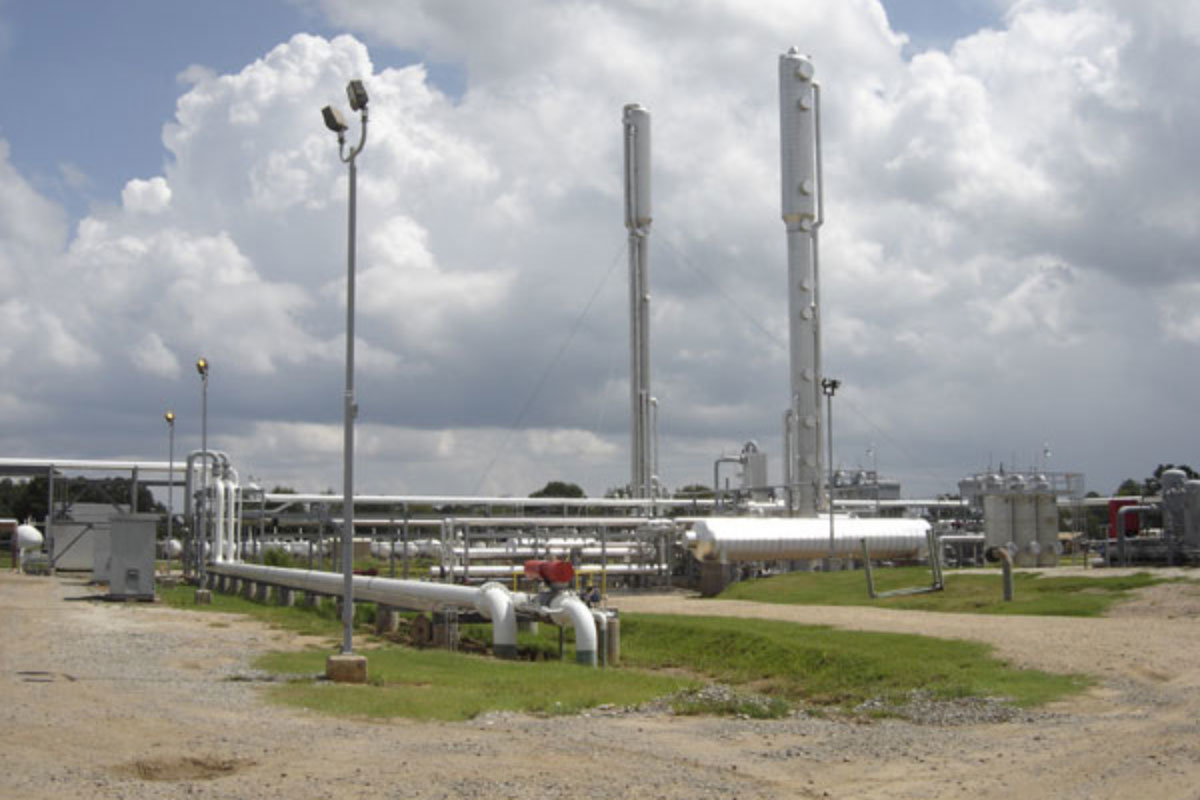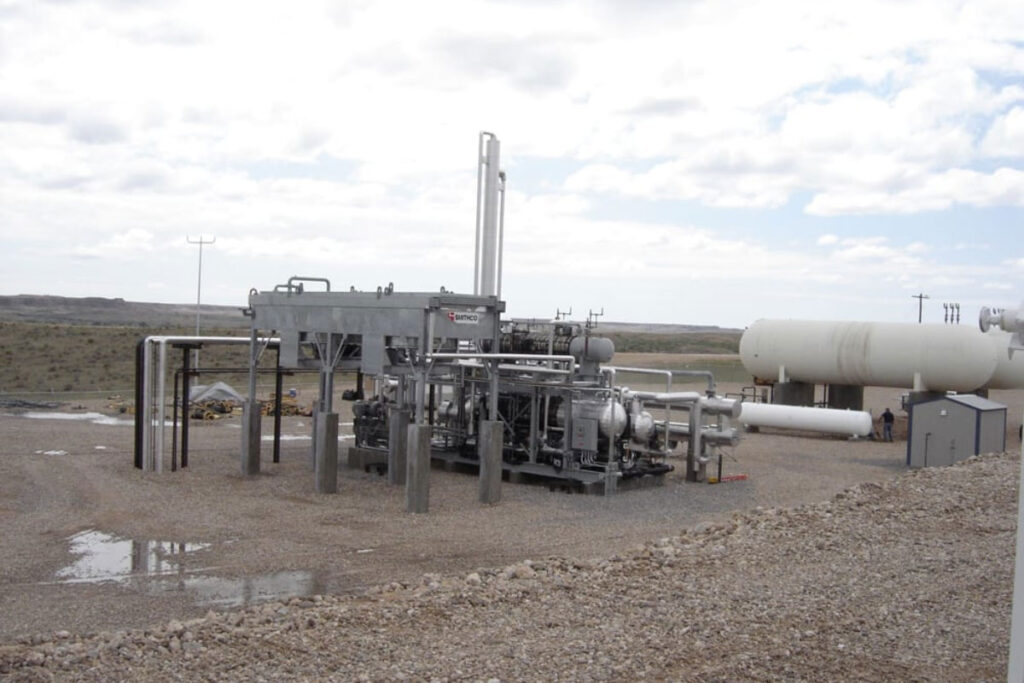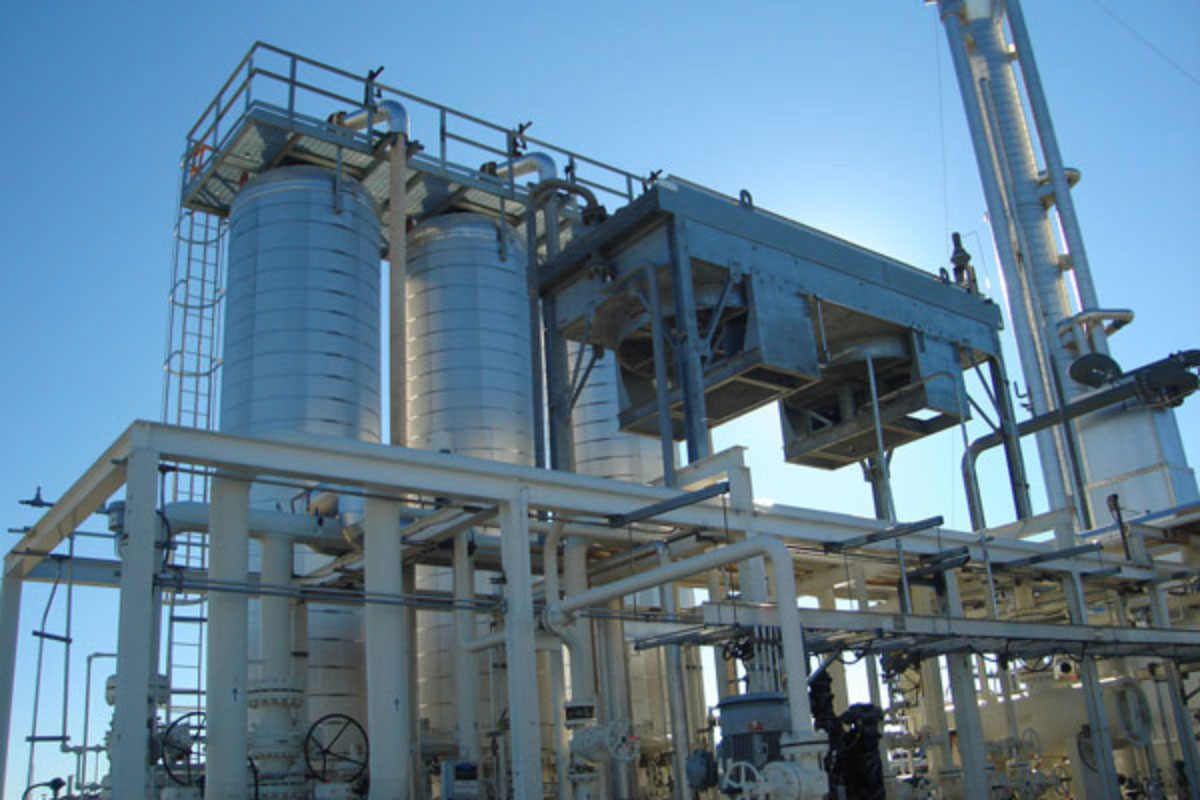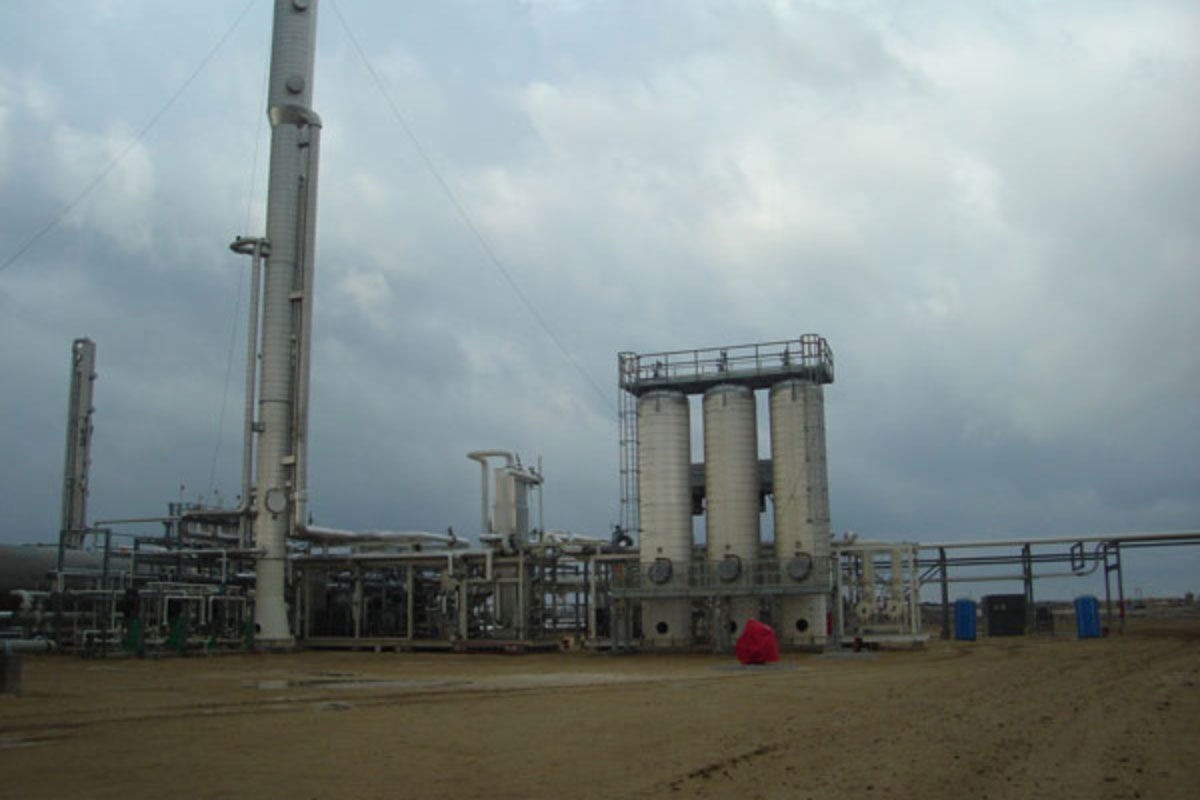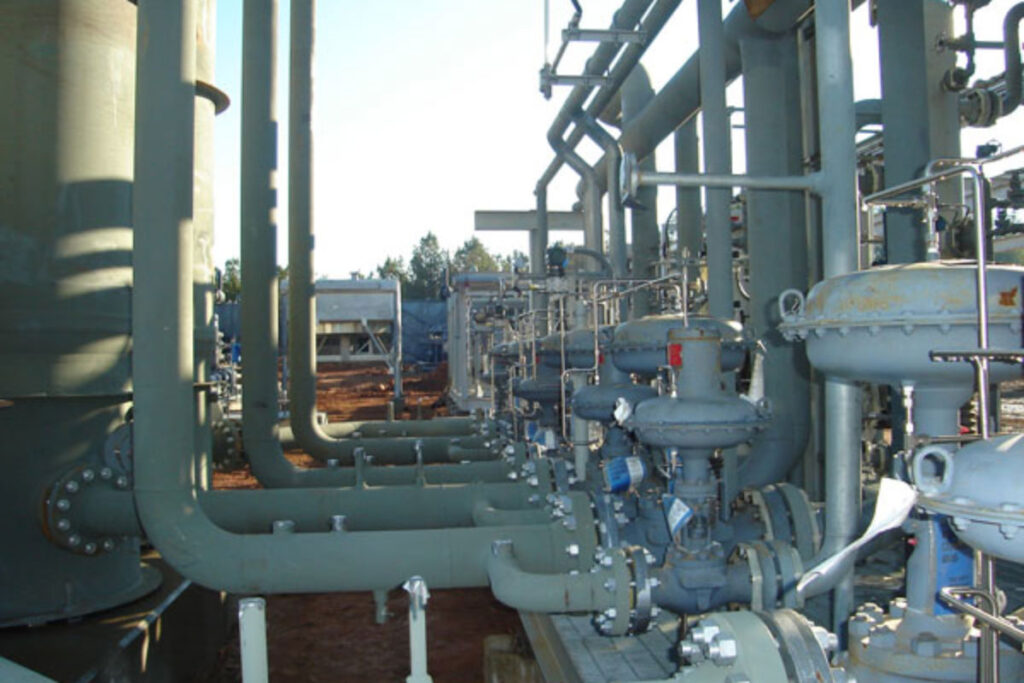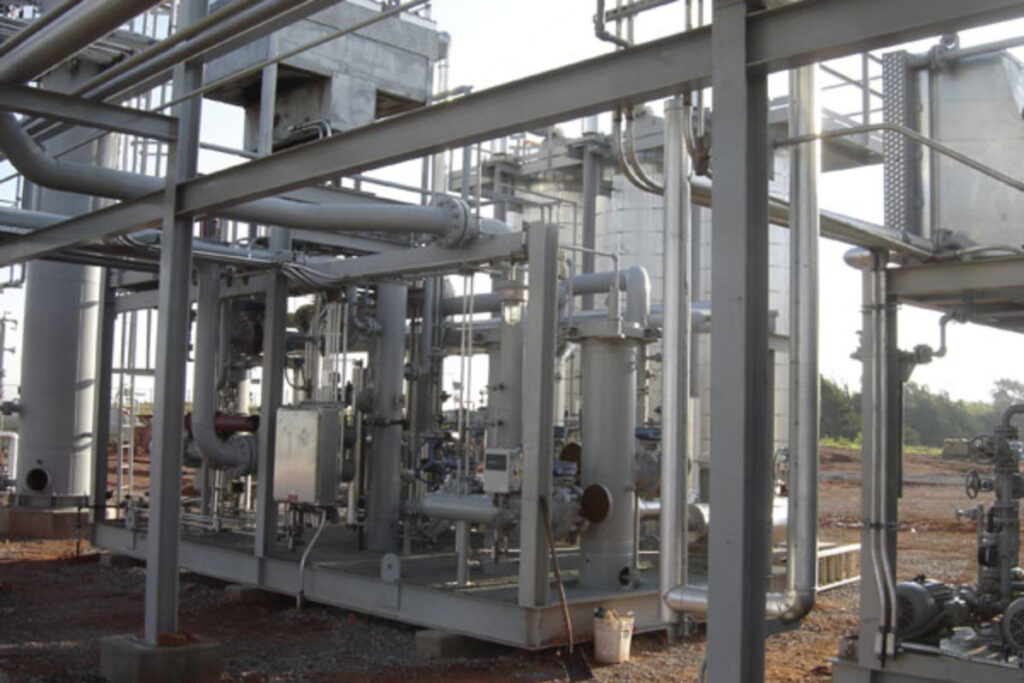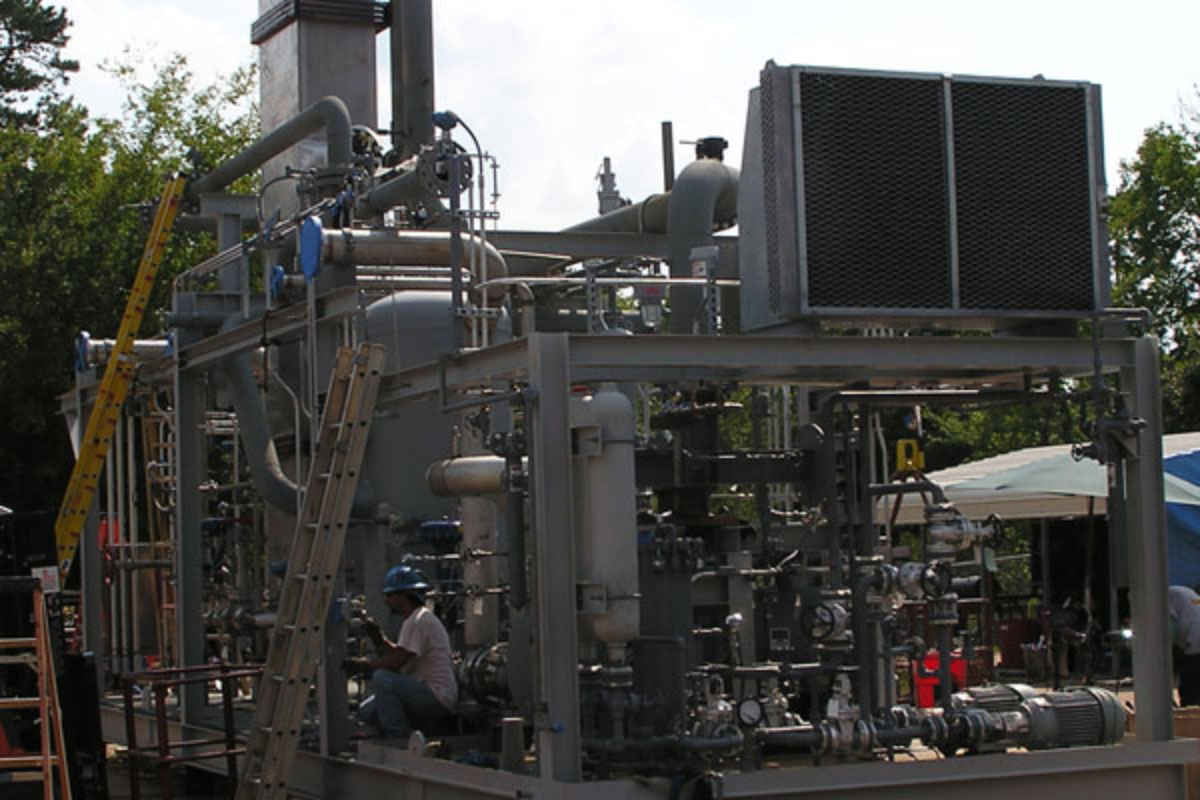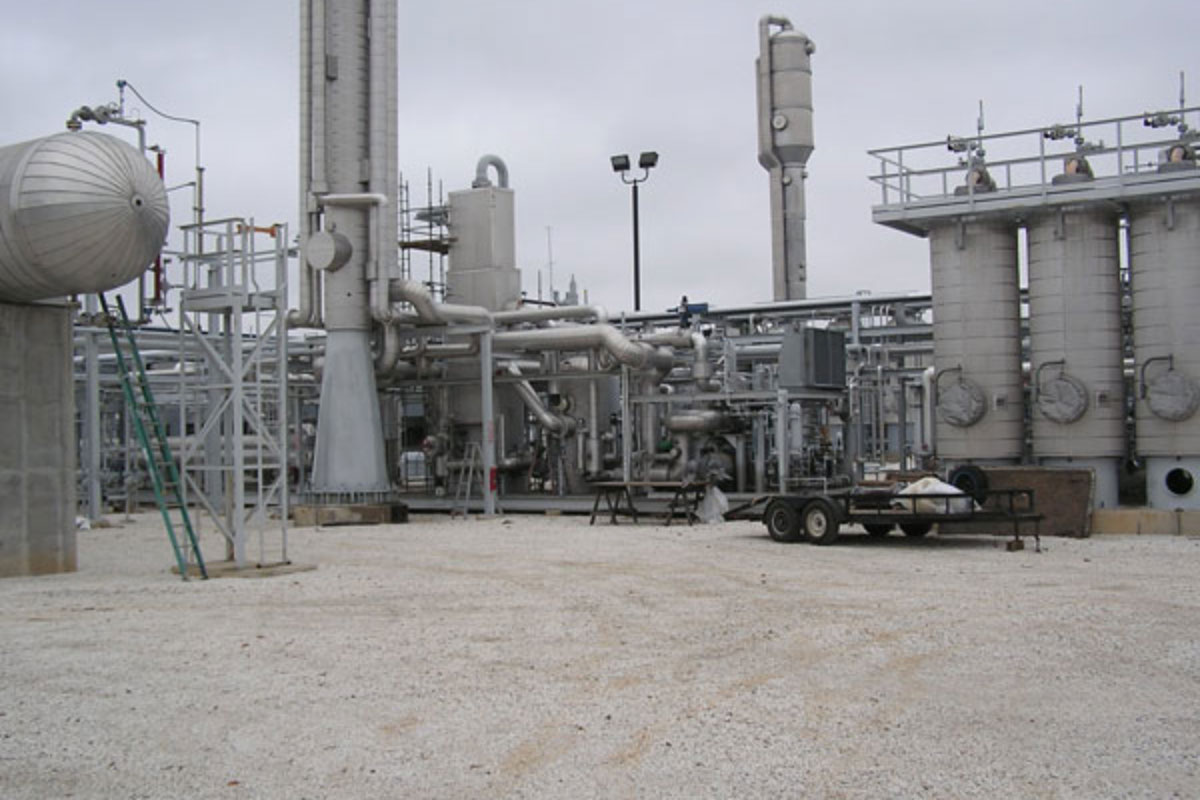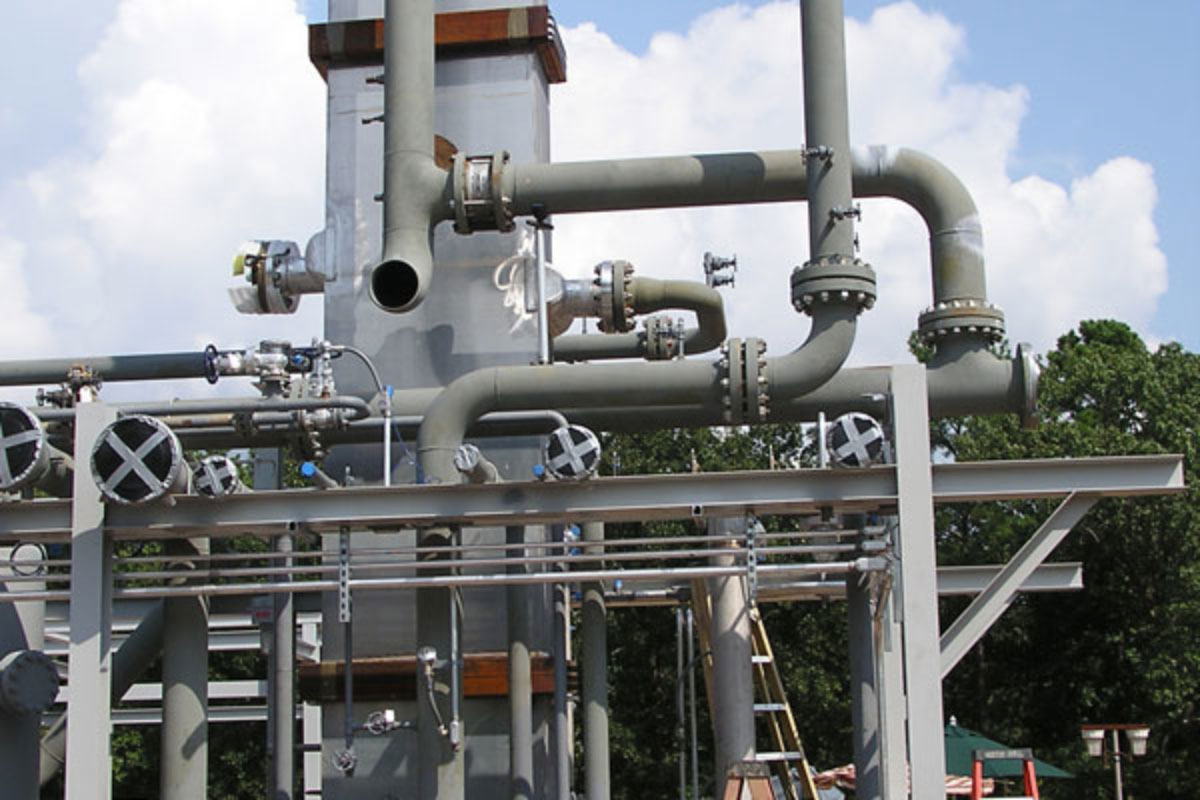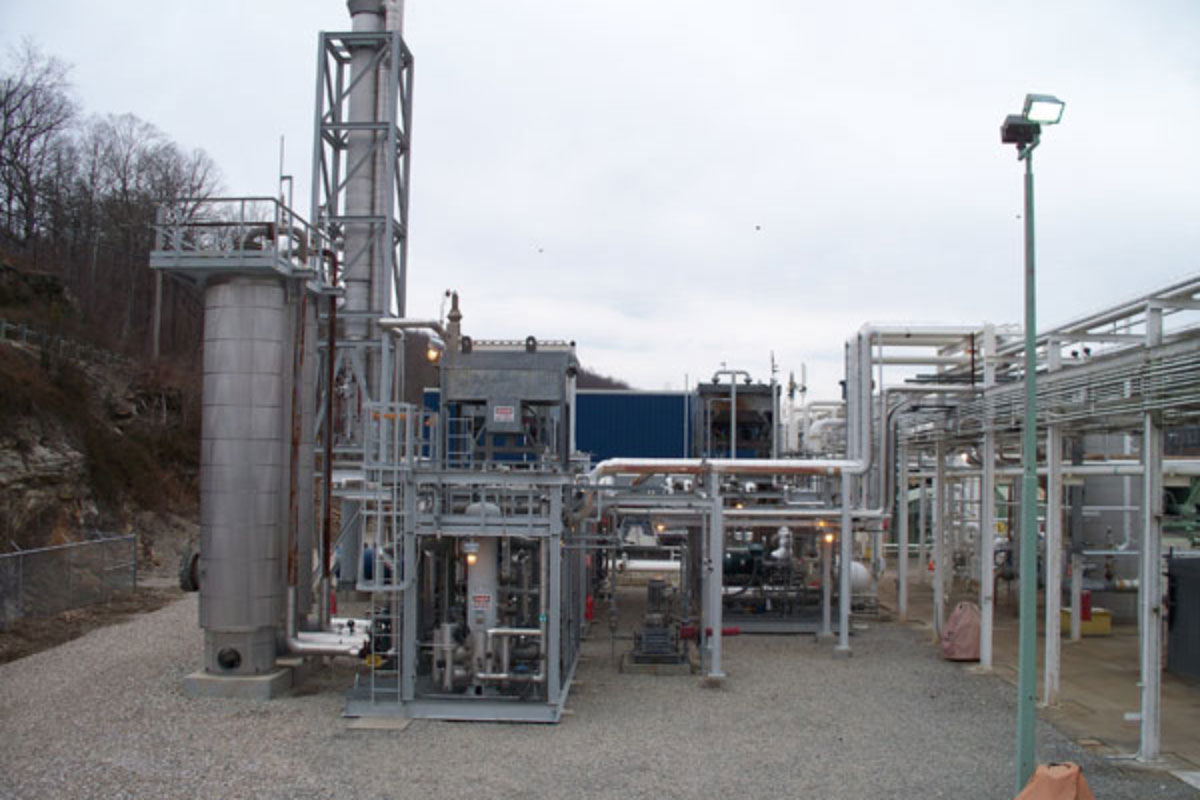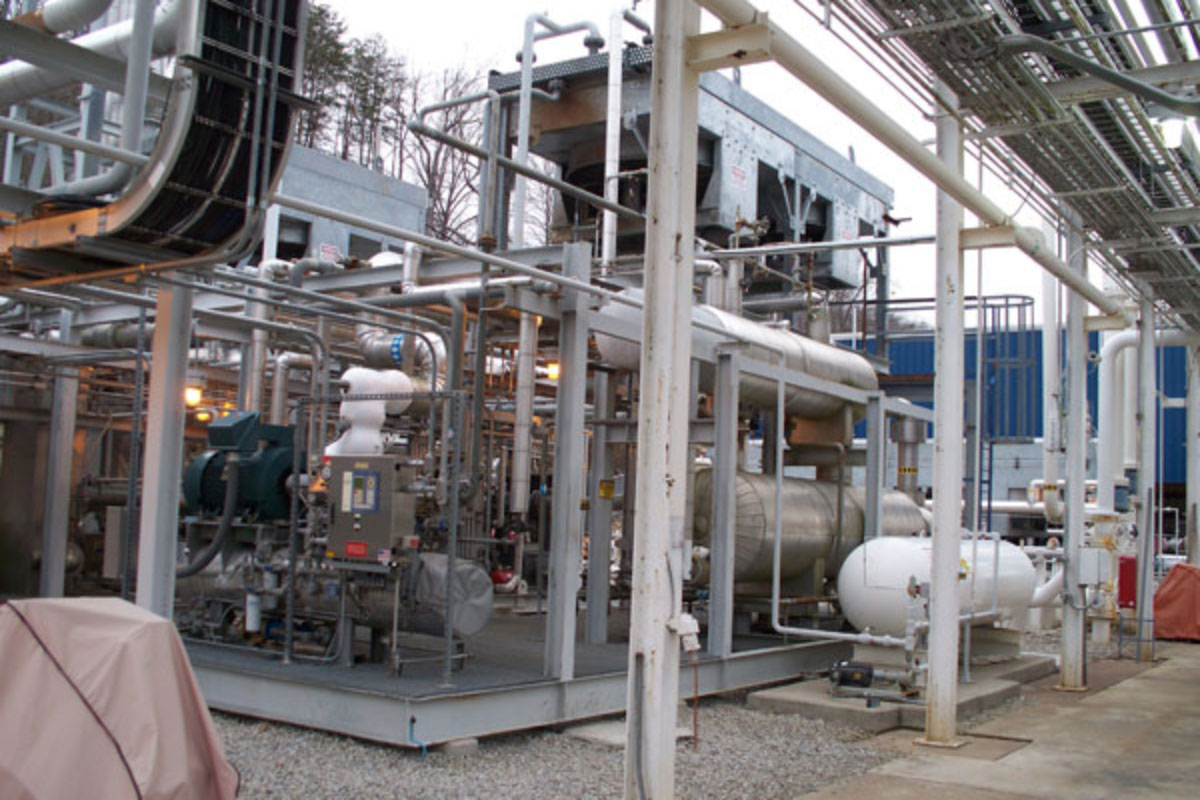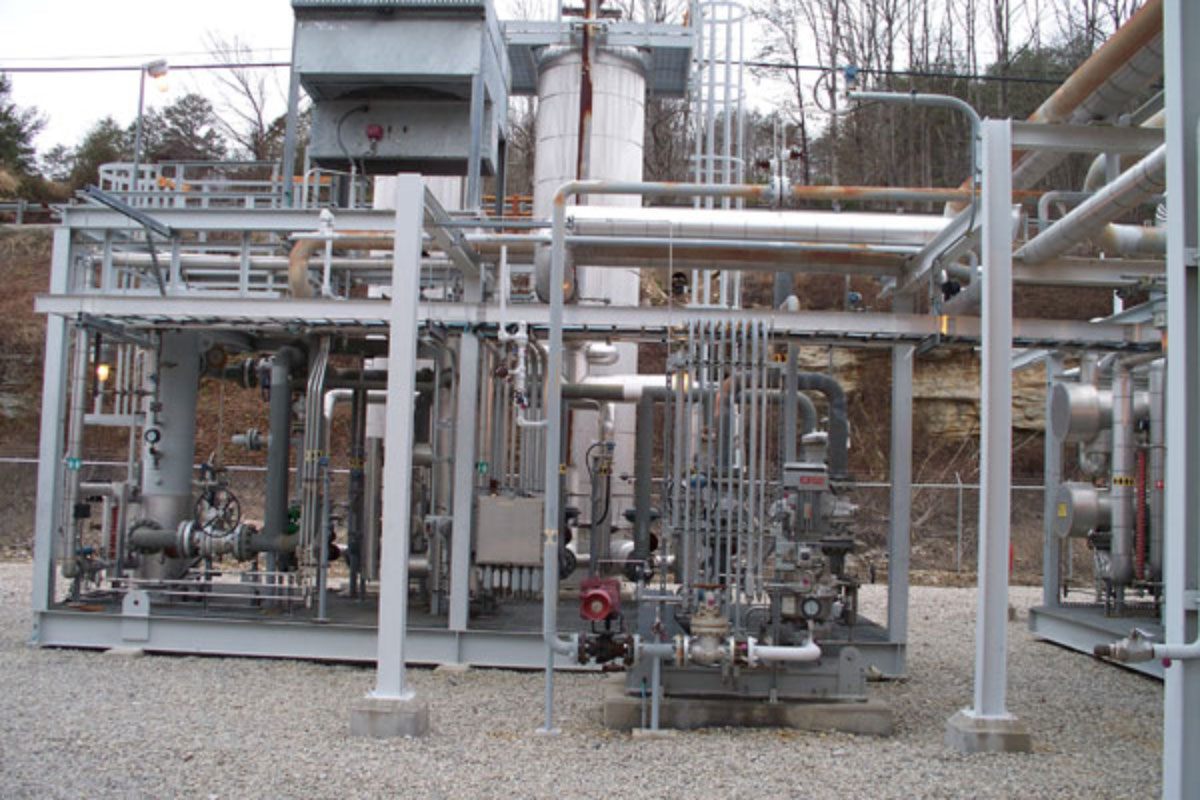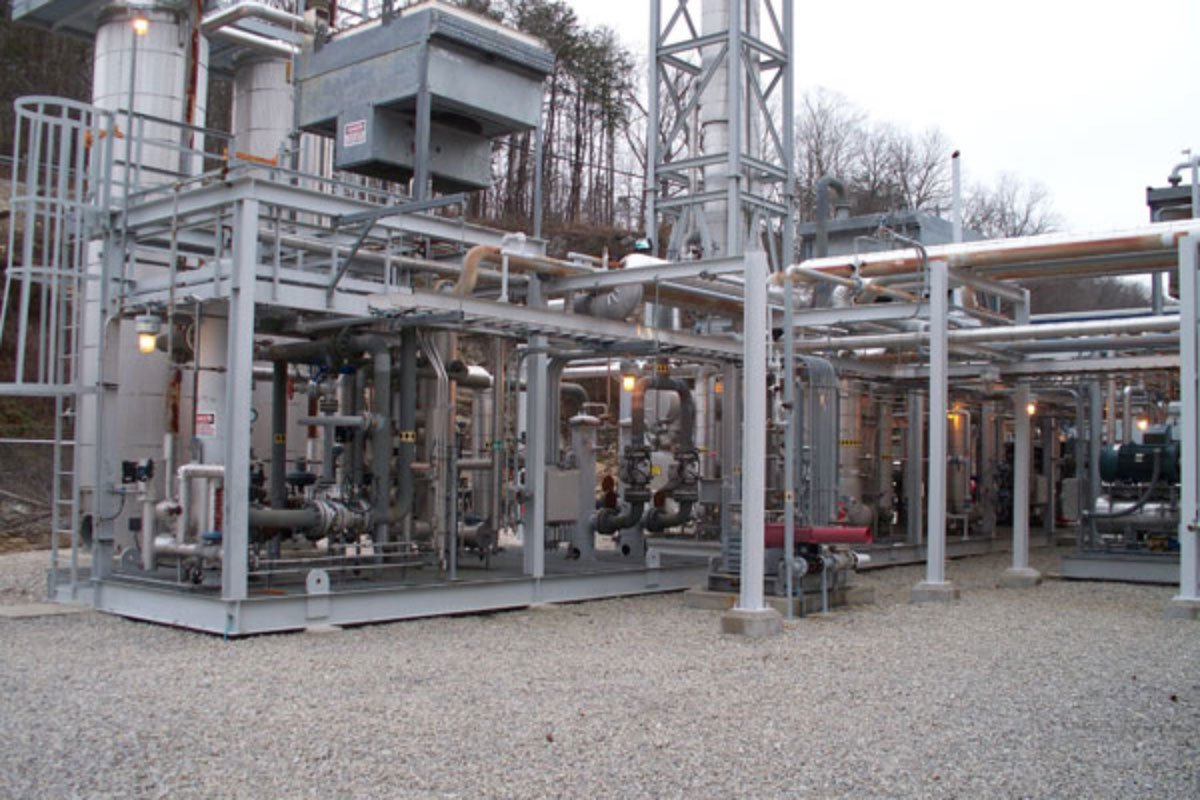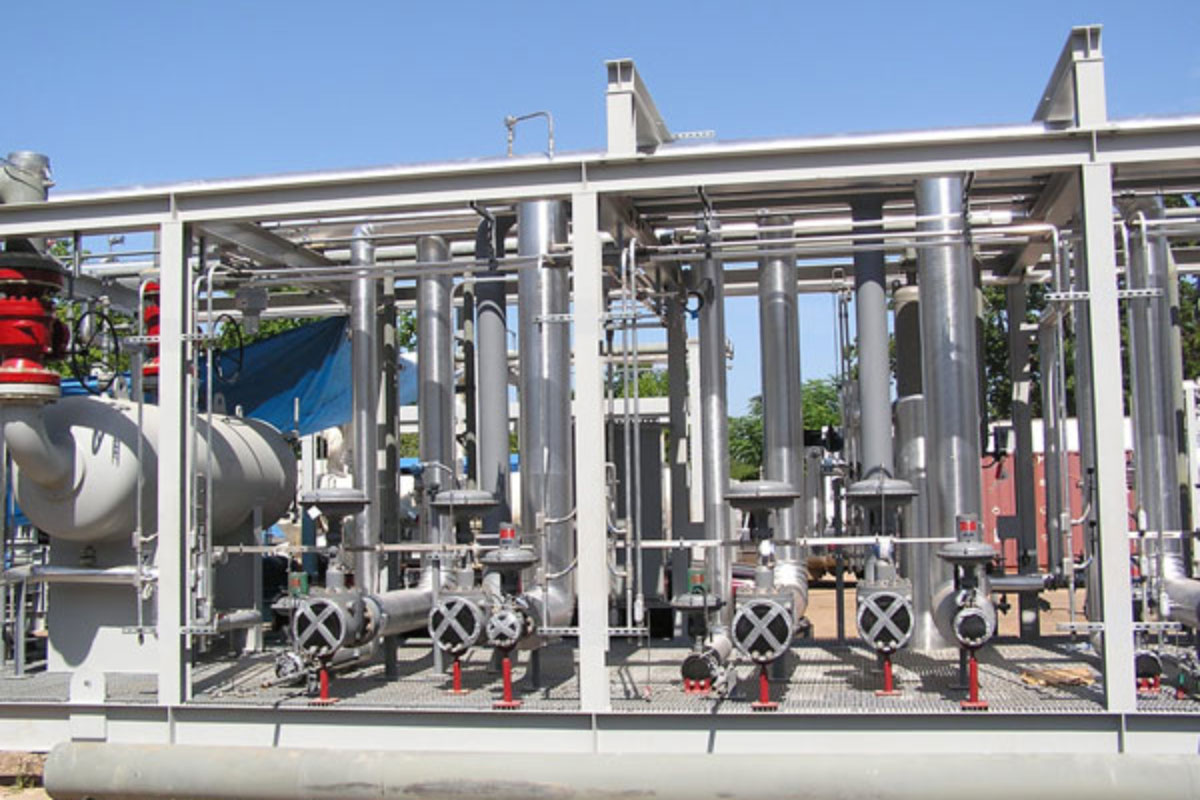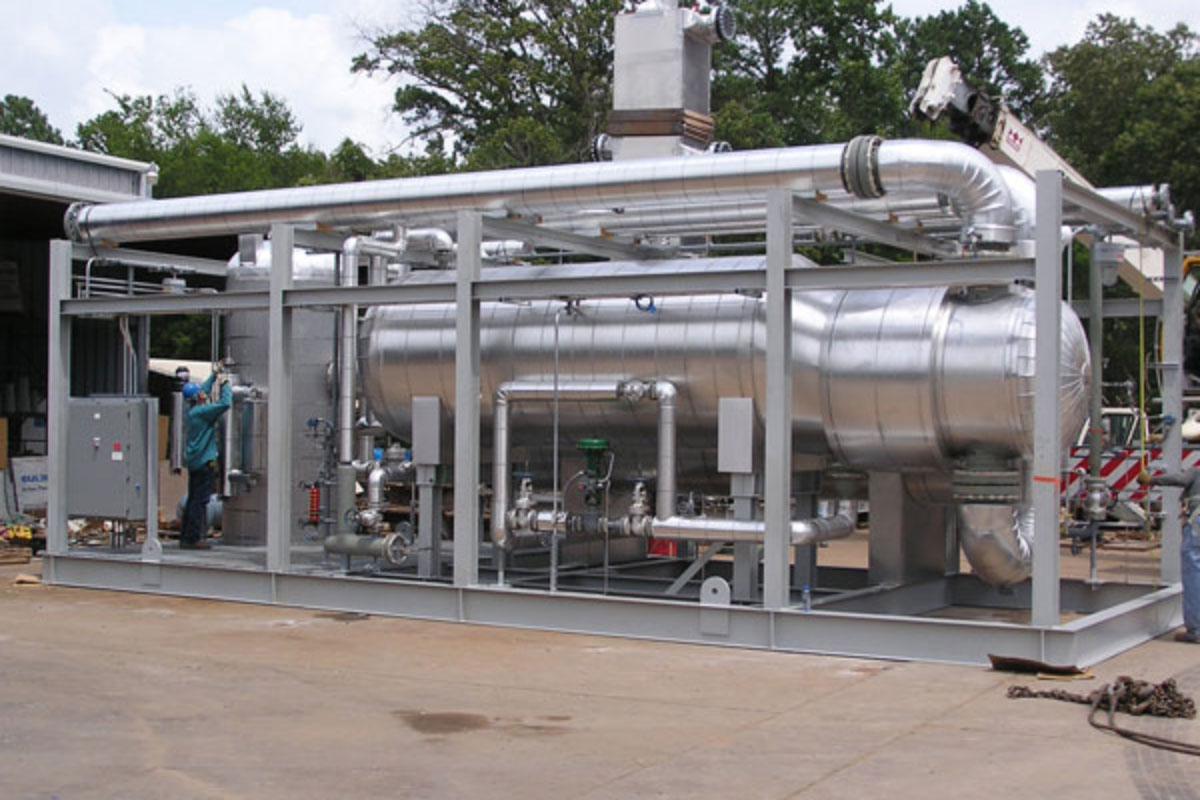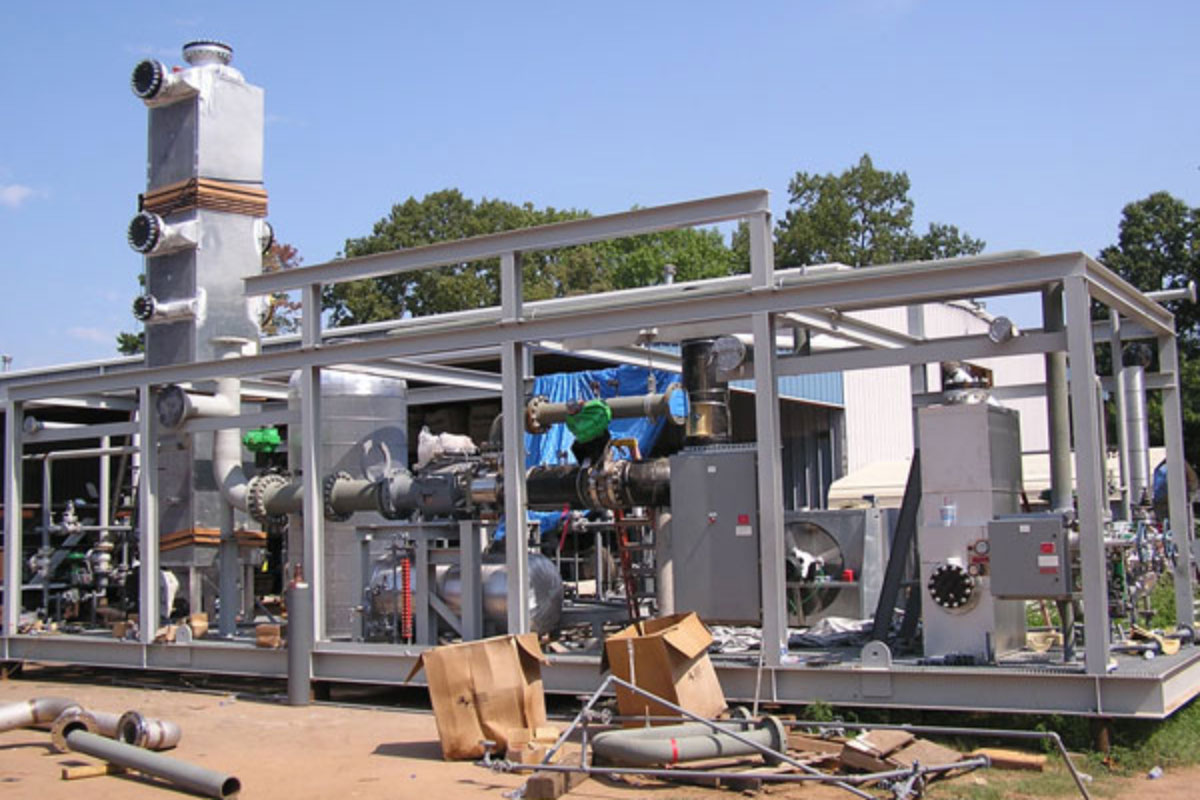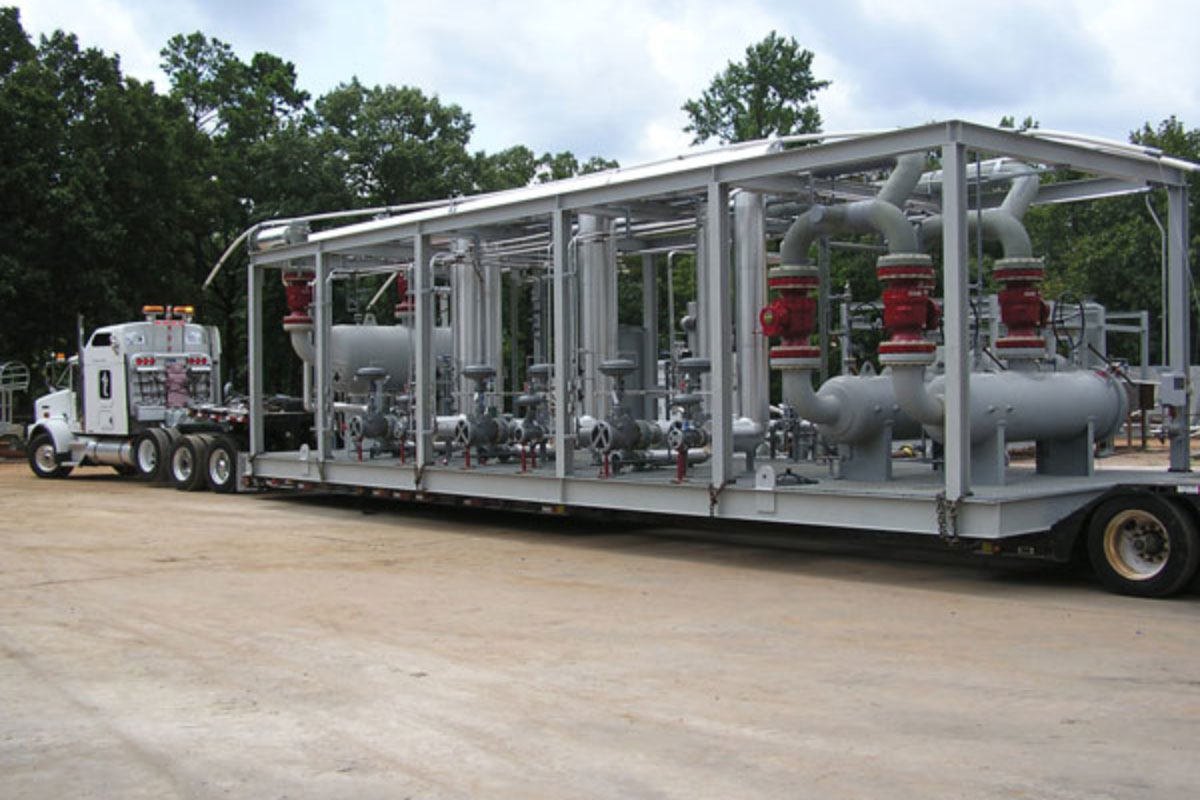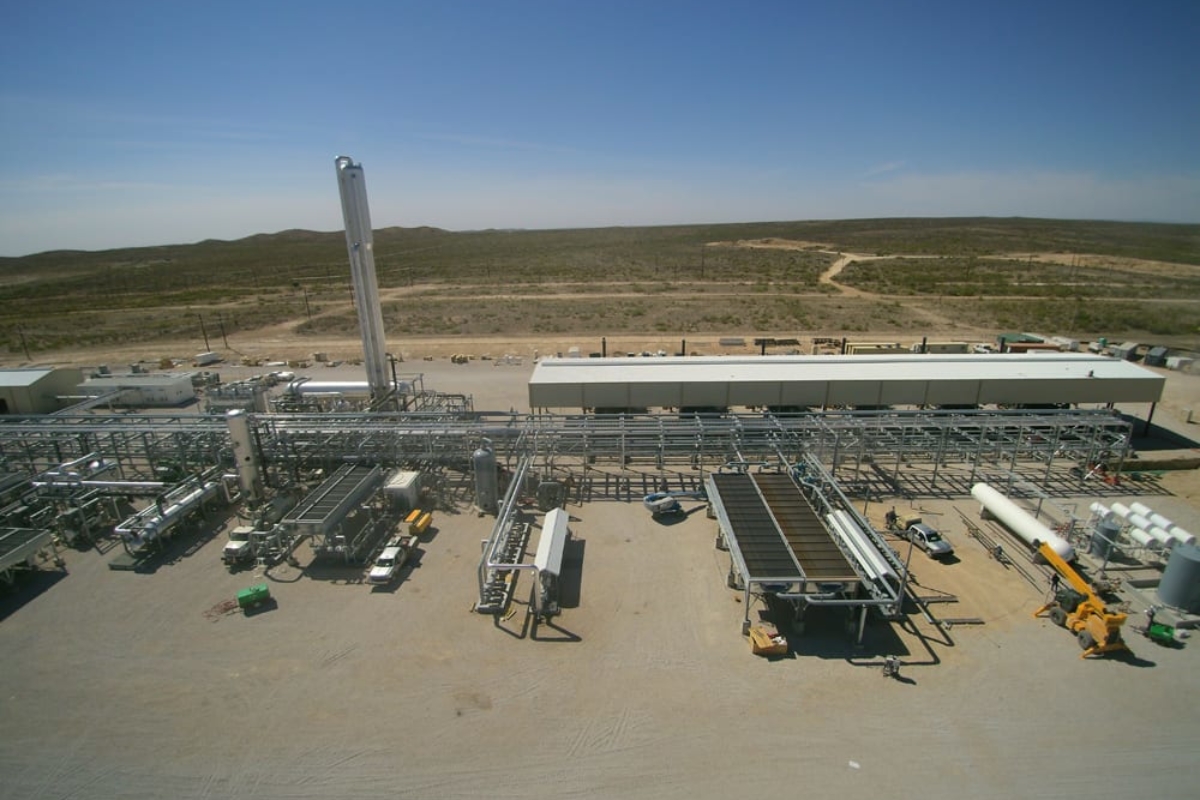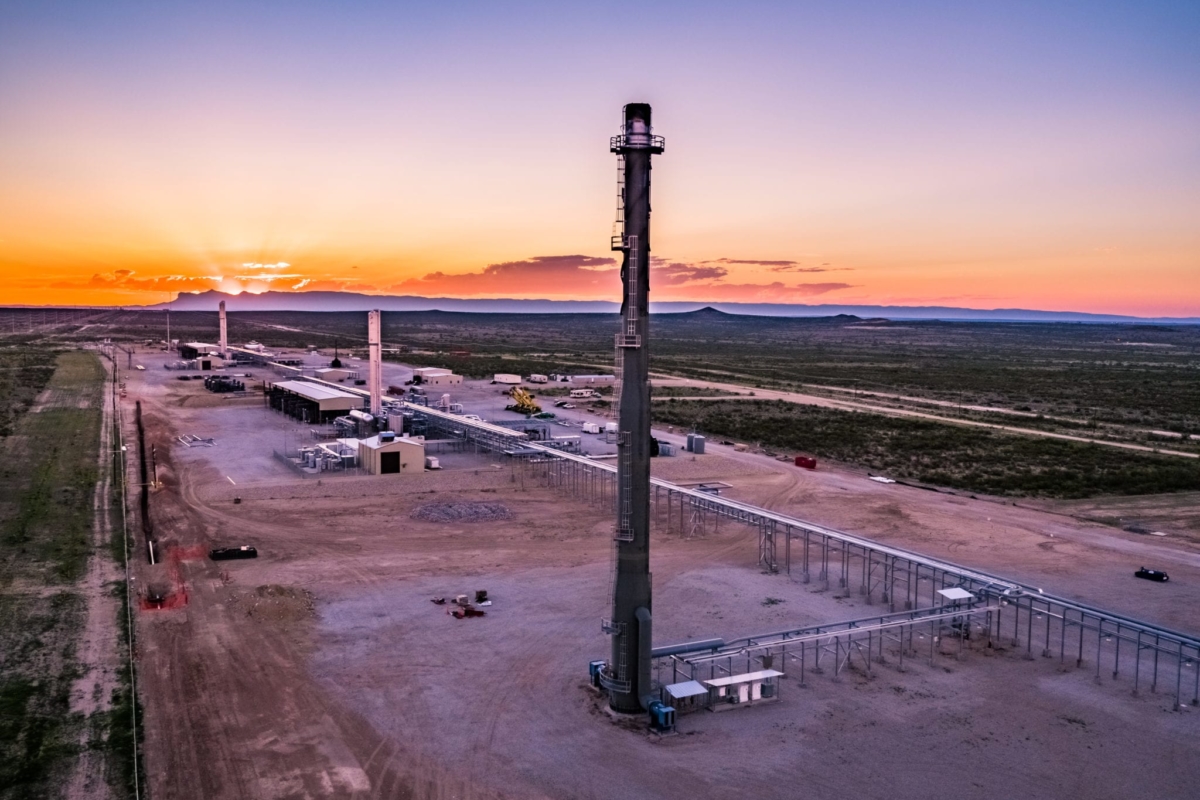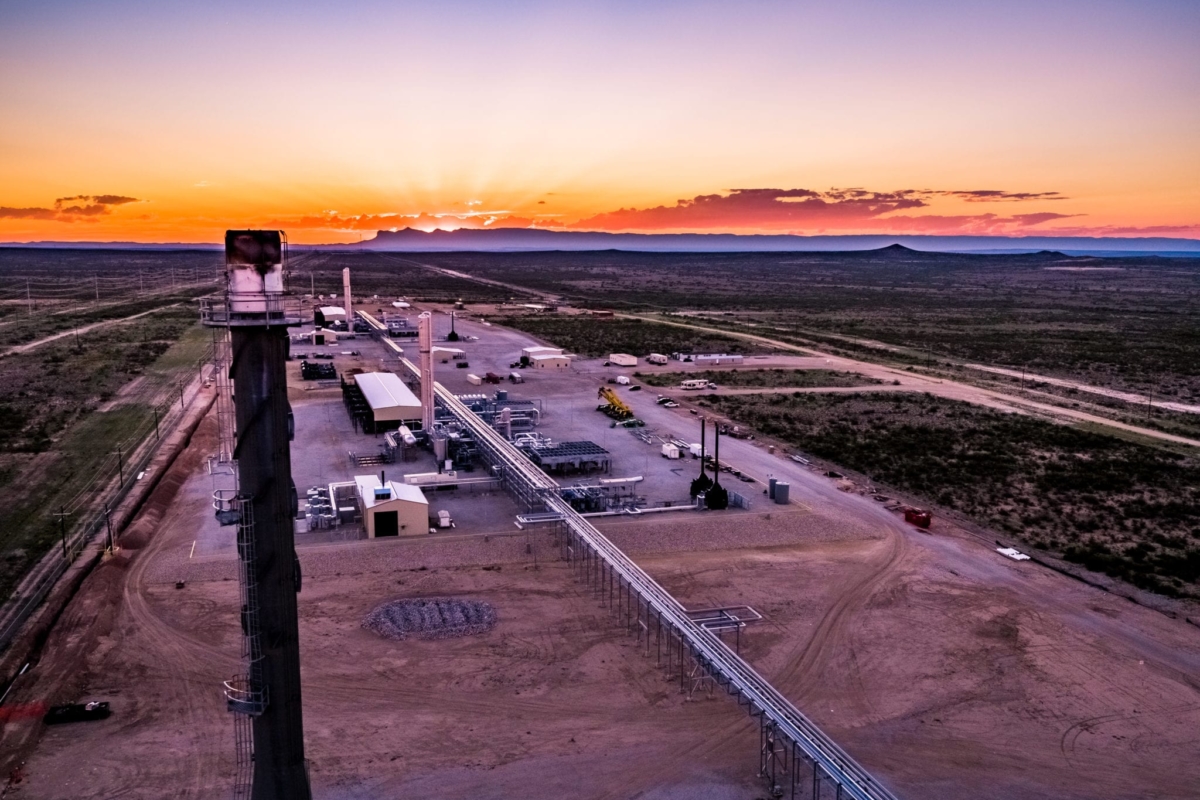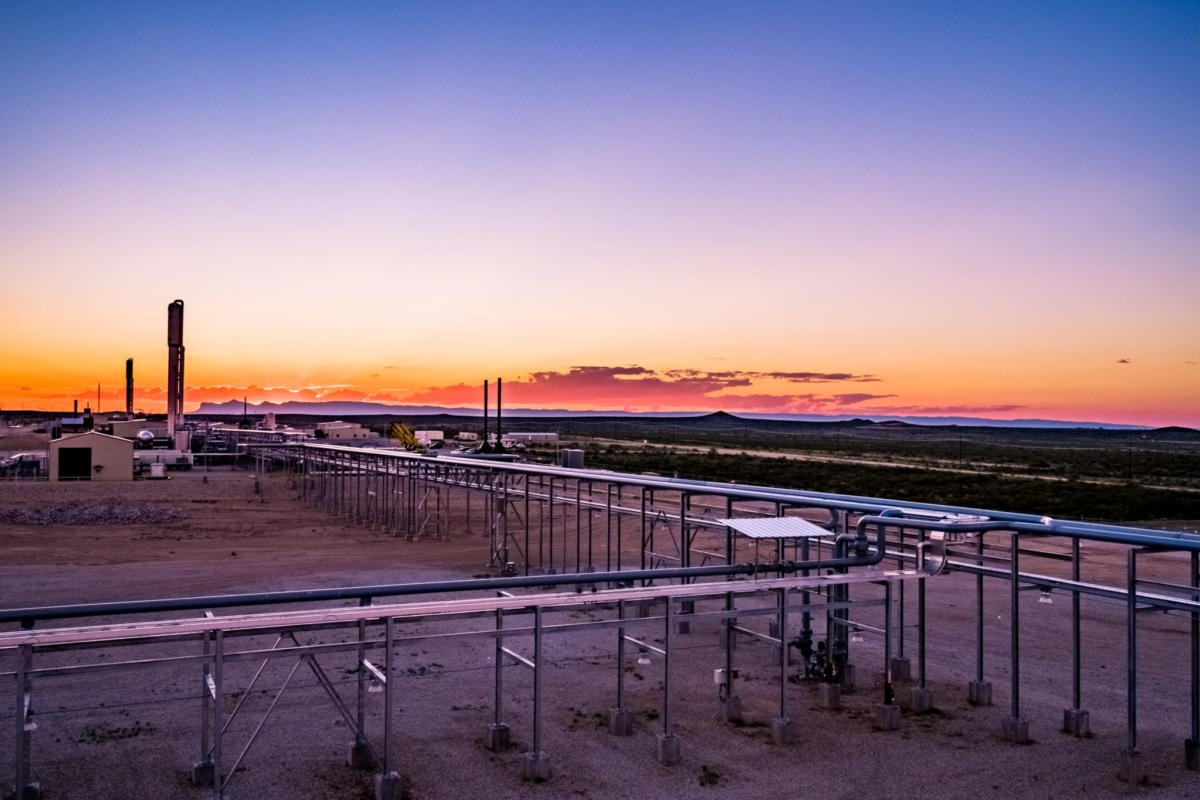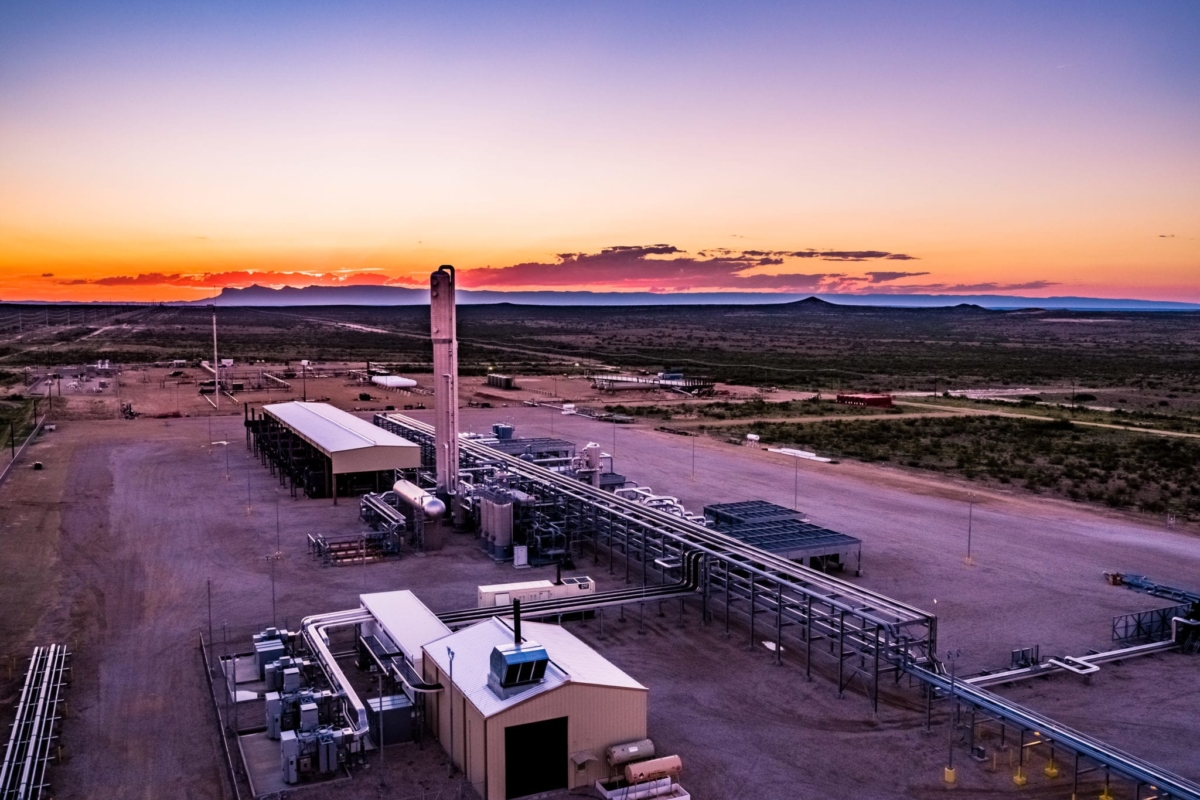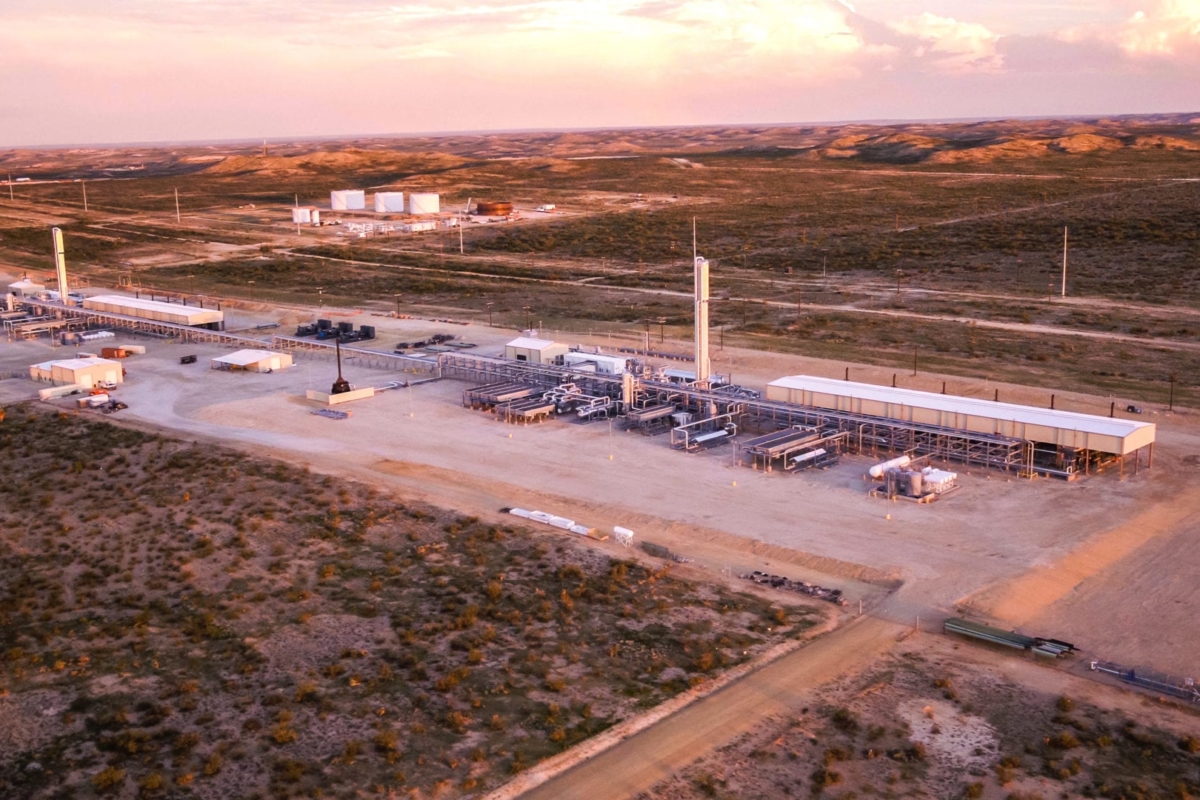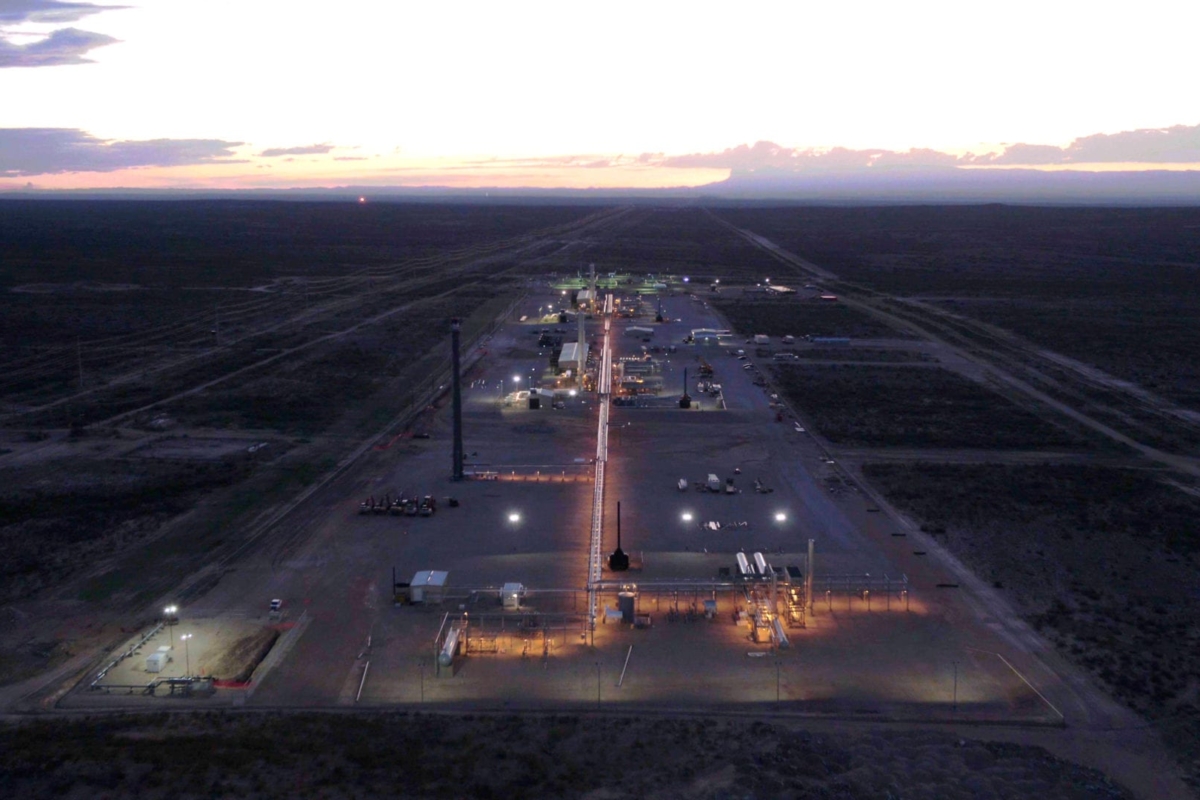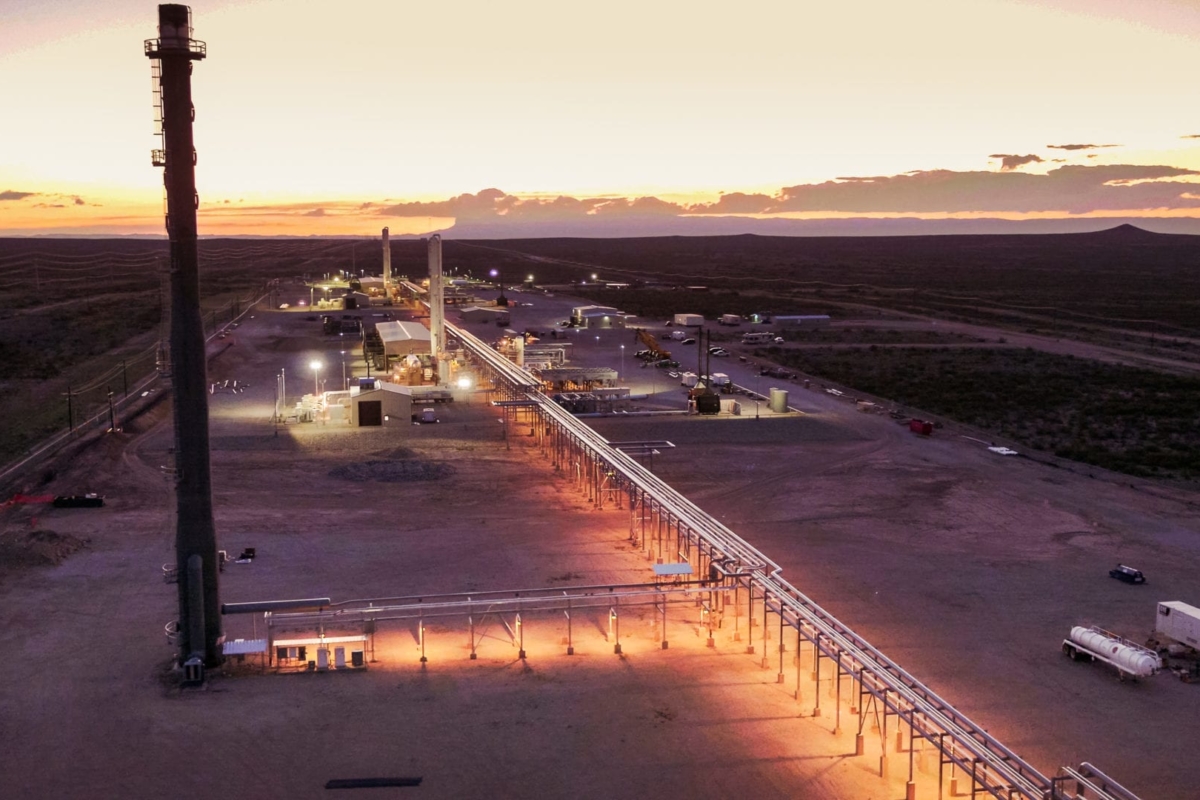Written by: John Jasper
Founder and Chairman
Jasper Ventures is involved with the Midstream segment of the oil and gas industry and focuses primarily on design, fabrication, and installation of the equipment required to process the natural gas of Midstream. This is the second in a series of articles by Jon Jasper, founder and Chairman of Jasper Ventures.
Read the first article in this series here, Midstream: The Past (Part 1)
Read the second article in this series here, Midstream: The Last 100 Years (Part 2)
Our last article ended with a discussion of the most important gas processing design patent of the 20th century, commonly known as the gas sub-cooled process (GSP). In review, this process improves the separation (or fractionation) between ethane and propane, with ethane being the lightest component (lowest molecular weight) of natural gas liquid (NGL) and propane, historically the most marketable component of NGL. It has three carbon atoms and eight hydrogen atoms (C3H8), for a molecular weight of 44. This fractionation process occurs in one of the key pieces of equipment in a gas plant, the demethanizer.
As stated in previous articles, the GSP and most of the refinements to the 1981 patent were owned by Ortloff Engineers, Ltd., which was sold to Honeywell in 2018. The GSP patent expired in 1998. Likewise, most of the refinement patents have expired. Veritas has only considered utilization of the Recycle Split Vapor (RSV) process as an alternate to the GSP. The RSV process utilizes a small amount of plant residue gas to increase the amount of “reflux” to the demethanizer. Most of our existing clients prefer the simplicity of the GSP, as opposed to the other available technologies, which are more expensive to build and operate, but do indeed provide higher ethane recovery and slightly higher propane recovery.
New Century, New System
As the 20th century was coming to an end, EPC was developing a relationship with a Tulsa, Oklahoma client named American Central Gas Technologies. American Central built a gas gathering system in Western Oklahoma, then purchased a used plant near College Station, Texas. They were looking for someone to relocate the gas plant for them. To make a long story short, EPC converted the plant from a standard non-refluxed style plant to a GSP plant. This was one of several plants that EPC retrofitted with a GSP design, but this was the first one that did not require the license fee payment to Ortloff because by this time, the patent had expired.
Capacity of the plant was uprated from 50 MMSCFD to 75 MMSCFD, due to the Western Oklahoma gas being so lean relative to its original design basis. American Central was so pleased with their experience with EPC that just a few years later, they decided to replicate the process at their Panola County Gas Gathering system in East Texas. This time, EPC assisted American Central in locating a used plant for their Panola County system. The plant had already been dismantled from its original site on the Louisiana coast and transported to an Odessa, Texas salvage yard.
The original plant owner was Shell Oil Company, so this design was very conservative and utilized all Shell and tube heat exchangers. By this time, EPC had purchased our White Oak shop, so the plant was transported across the state, and the refurbishment process began, including a GSP retrofit and capacity upgrade from 80 MMMSCFD to 200 MMSCFD.
Before the shop work started, American Central sold the entire Panola County assets to a Denver company named MarkWest, including the uncompleted gas plant. The new relationship with MarkWest got off to a good start, as many of the American Central personnel that we had been working with were hired by MarkWest. Since MarkWest had their midstream roots in the Ohio River Valley (even though their corporate office was in Denver), EPC had the opportunity to supply several new plants to MarkWest for their Appalachian assets. They also continued to expand their Panola County Texas system. EPC would eventually build new plants to increase their system gas processing capacity to 600 MMSCFD over a period of 11 years.
The Delaware Basin
The story of the EPC/Veritas and MarkWest relationship would not be complete without talking about our entry into the Delaware Basin. In 2011, we received a call from former executives from American Central who had come out of retirement after non-compete agreements with MarkWest expired. They had teamed up with a private equity company who was also funding a small Fort Worth, Texas E&P (Exploration & Production) Company that had acquired a small amount of acreage in a new shale basin in West Texas called the Delaware Basin. At the time, EPC was building our first new speculative 60 MMSCFD gas plant.
We had already purchased the long lead equipment items for the plant, and David Hiett, the operations manager formerly with American Central, felt like 60 MMSCFD was the perfect size for their Delaware Basin project. In early 2012 a letter of intent was signed for the plant, and a down payment was made. Kenny Cantrell was assigned as project manager for our first plant in the Delaware Basin. Within just a few short years, it would become the premier crude oil basin in the United States.
Read the first article in this series here, Midstream: The Past (Part 1)
Read the second article in this series here, Midstream: The Last 100 Years (Part 2)
You can also read the full story in our digital magazine below! You can also sign up for our free subscription and receive the latest issues and updates from the Jasper Journal each quarter!



